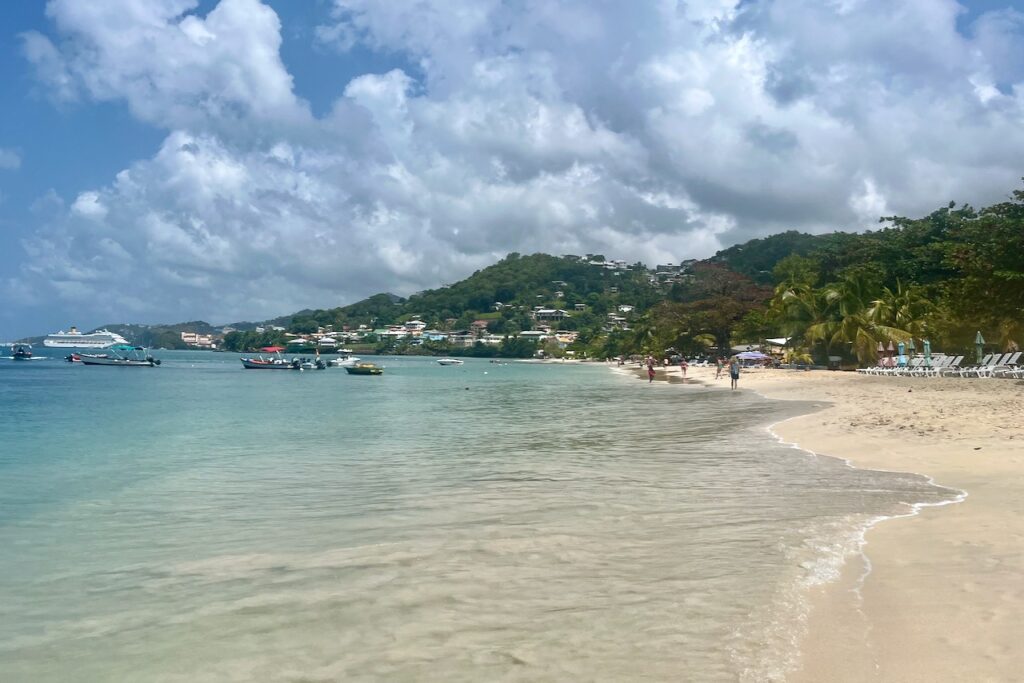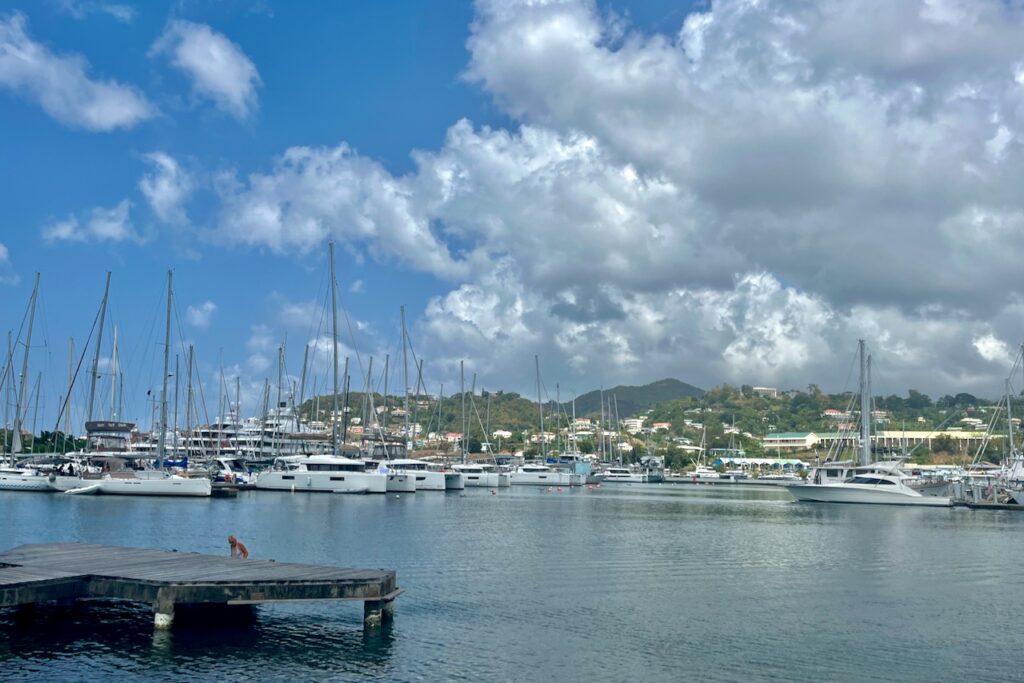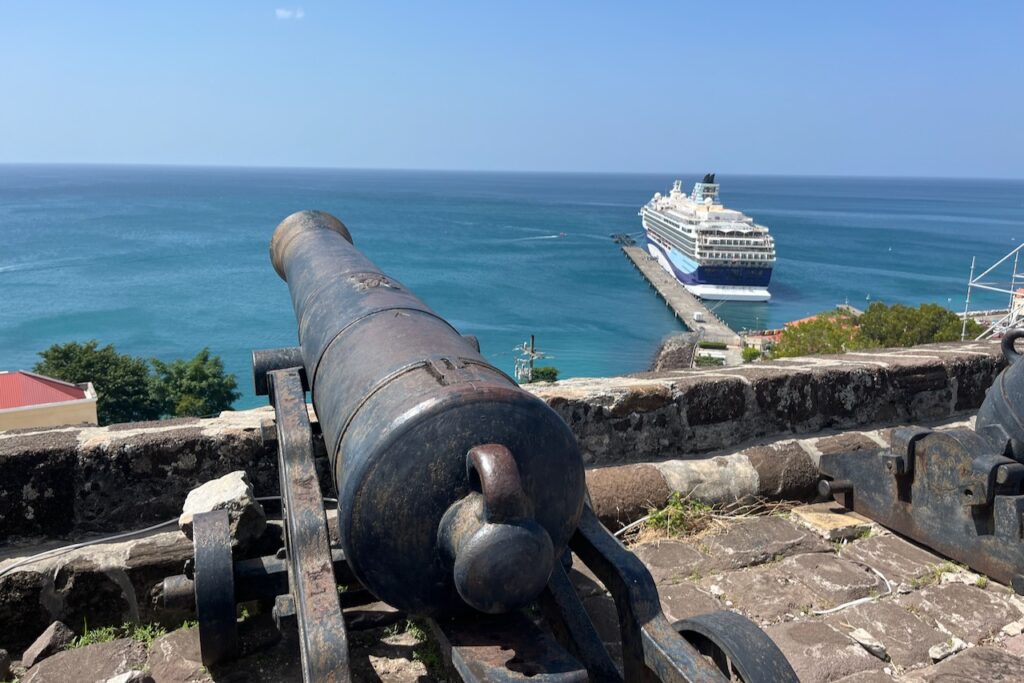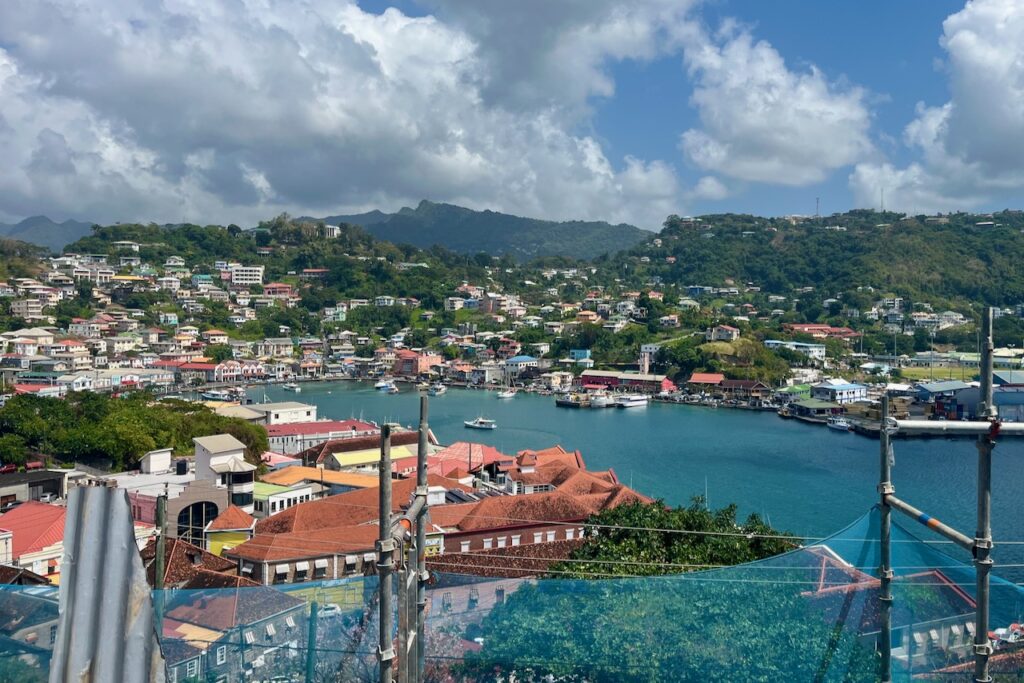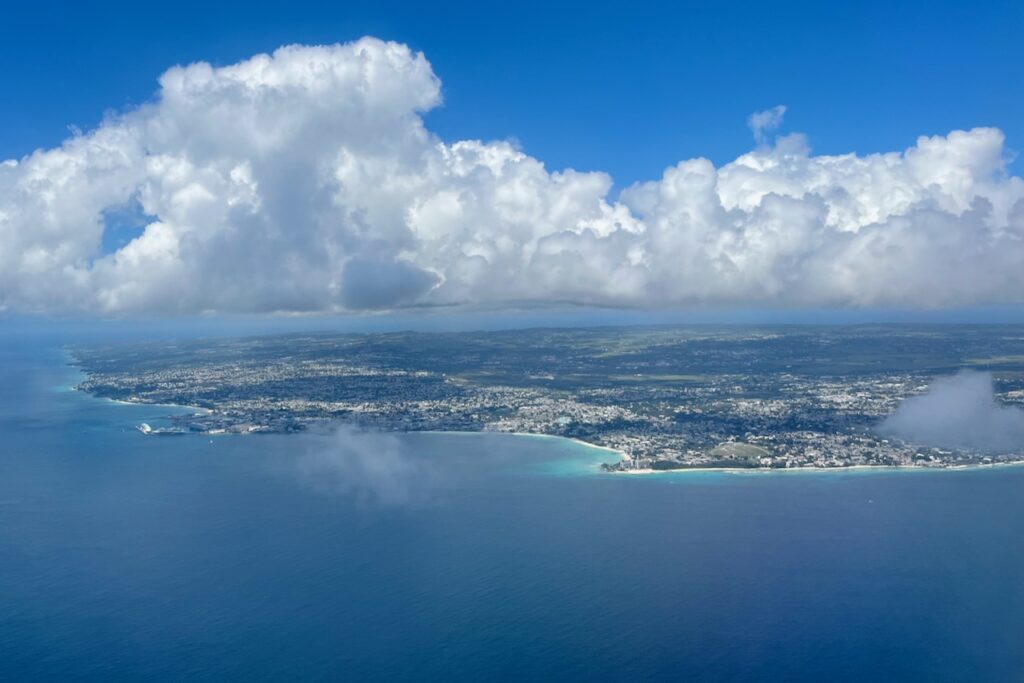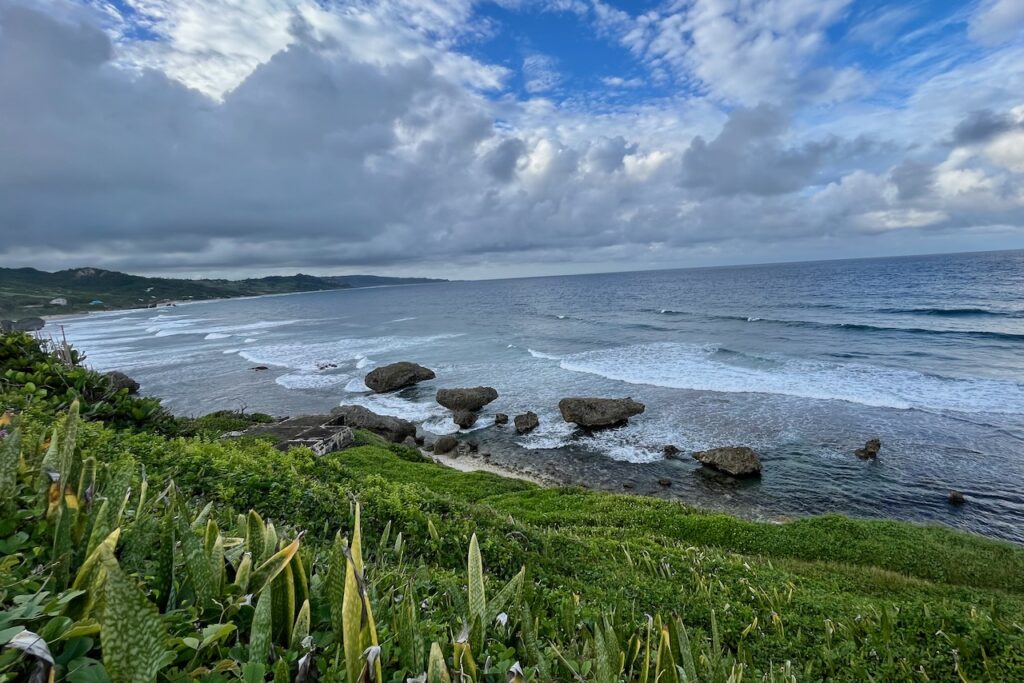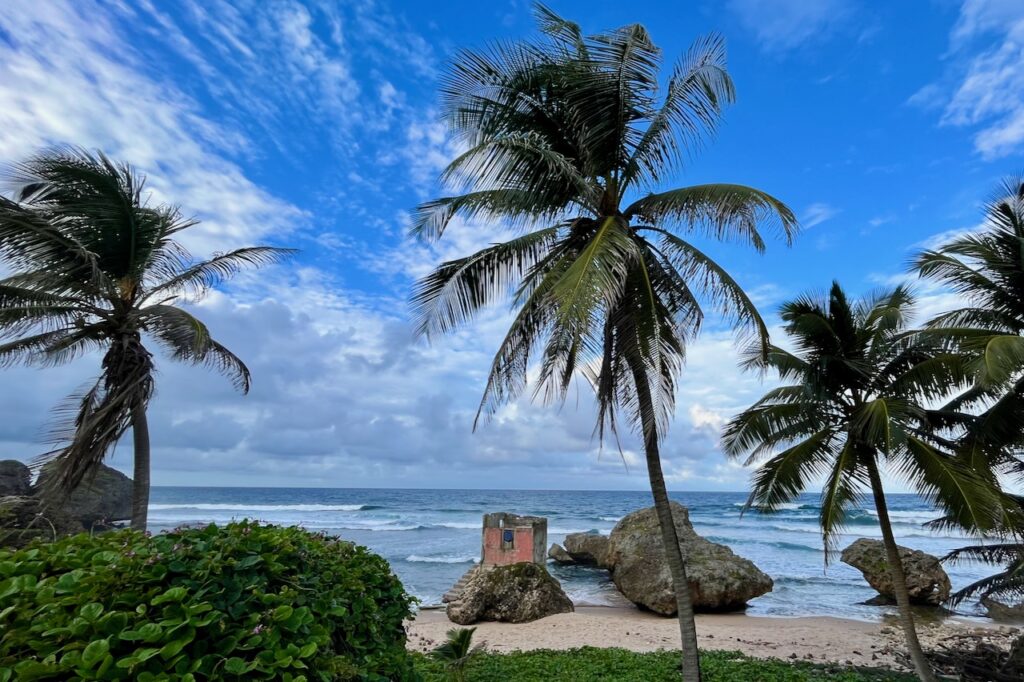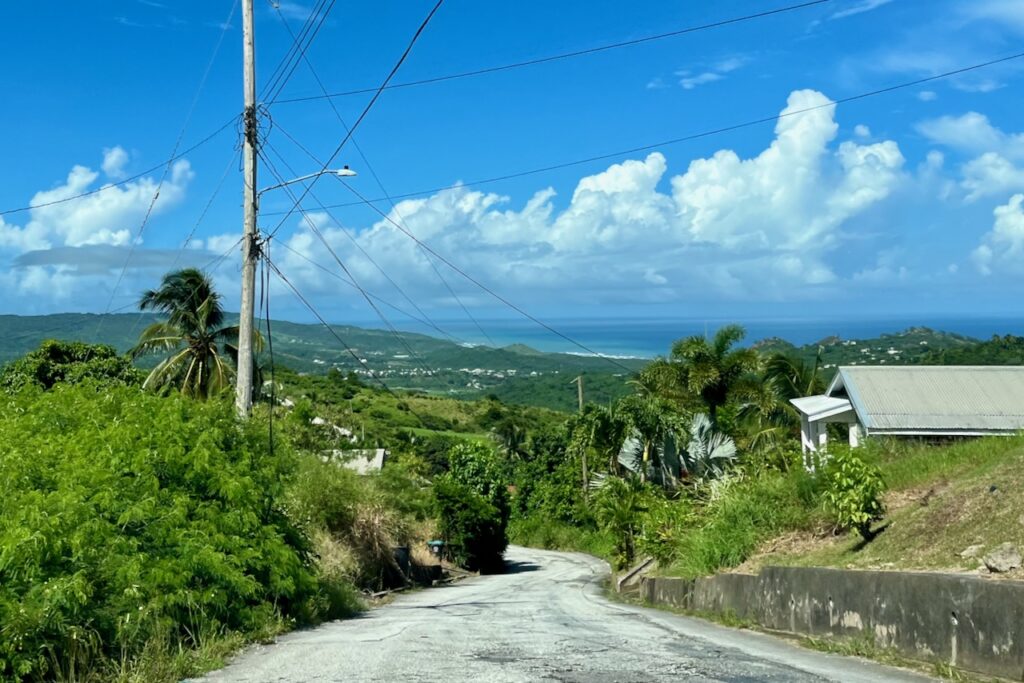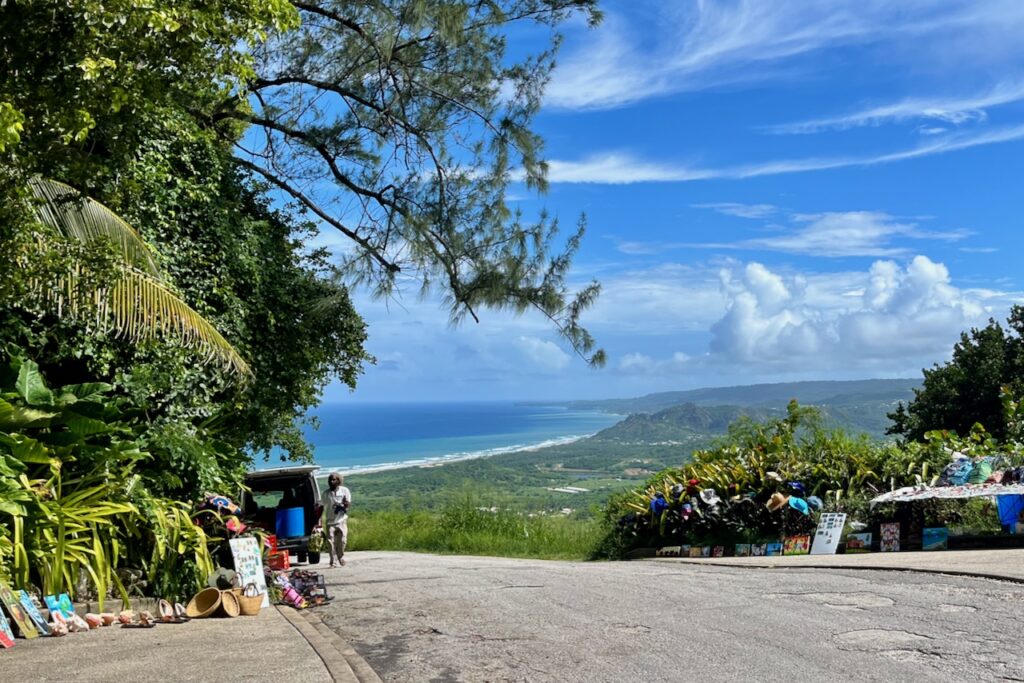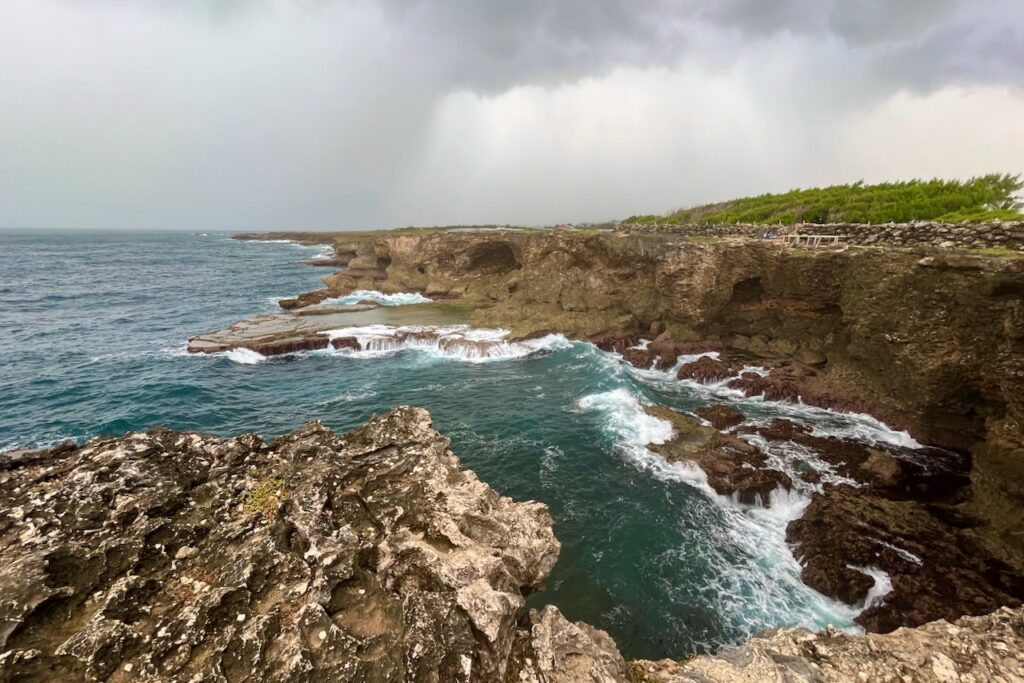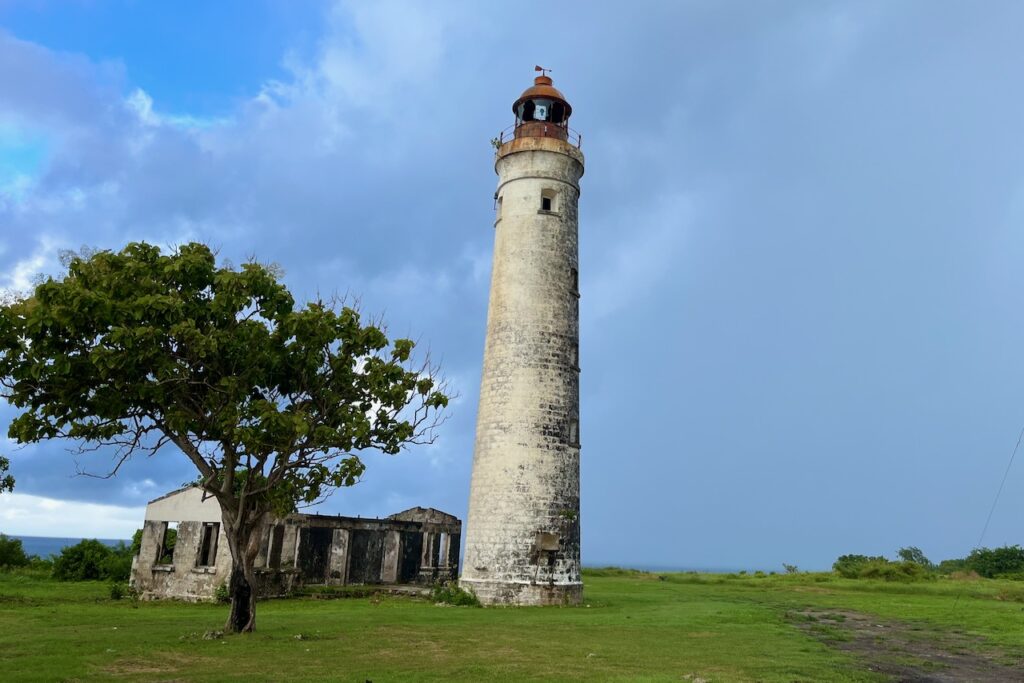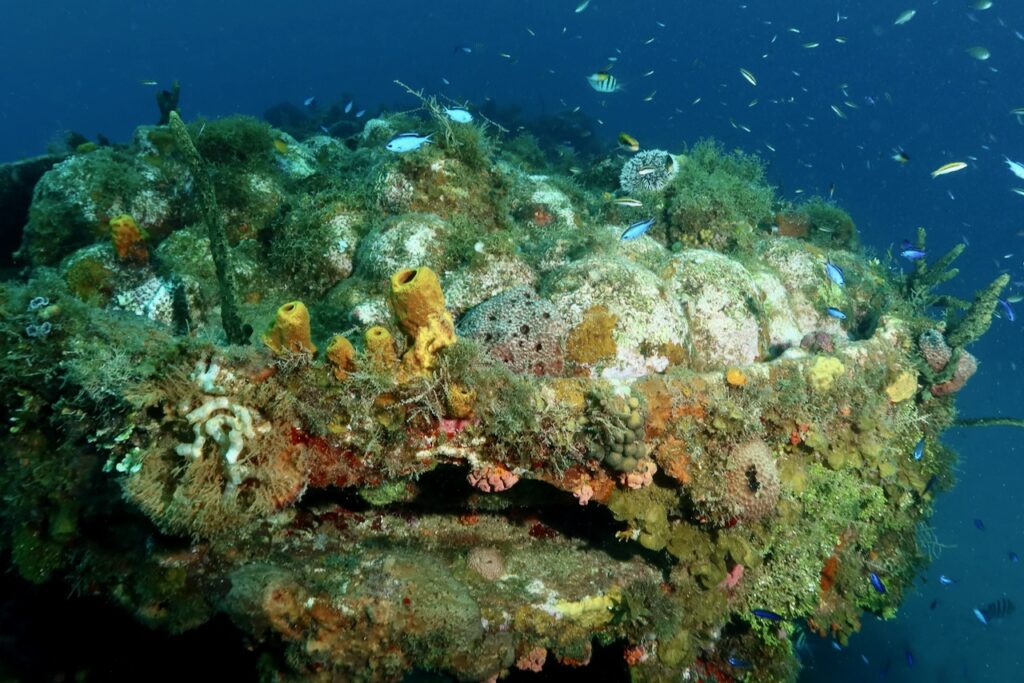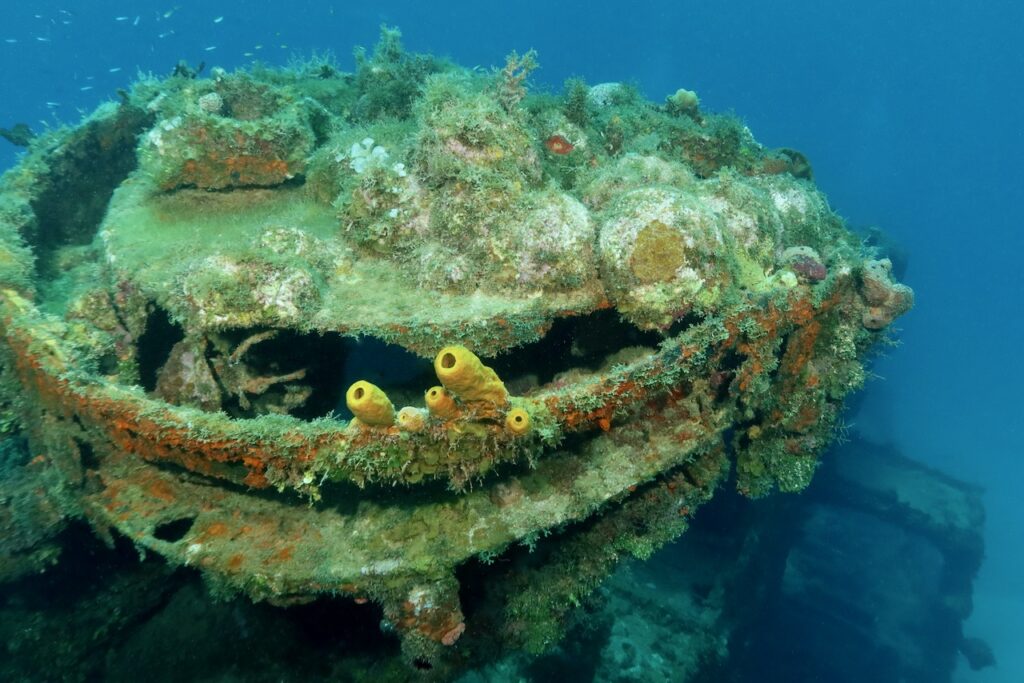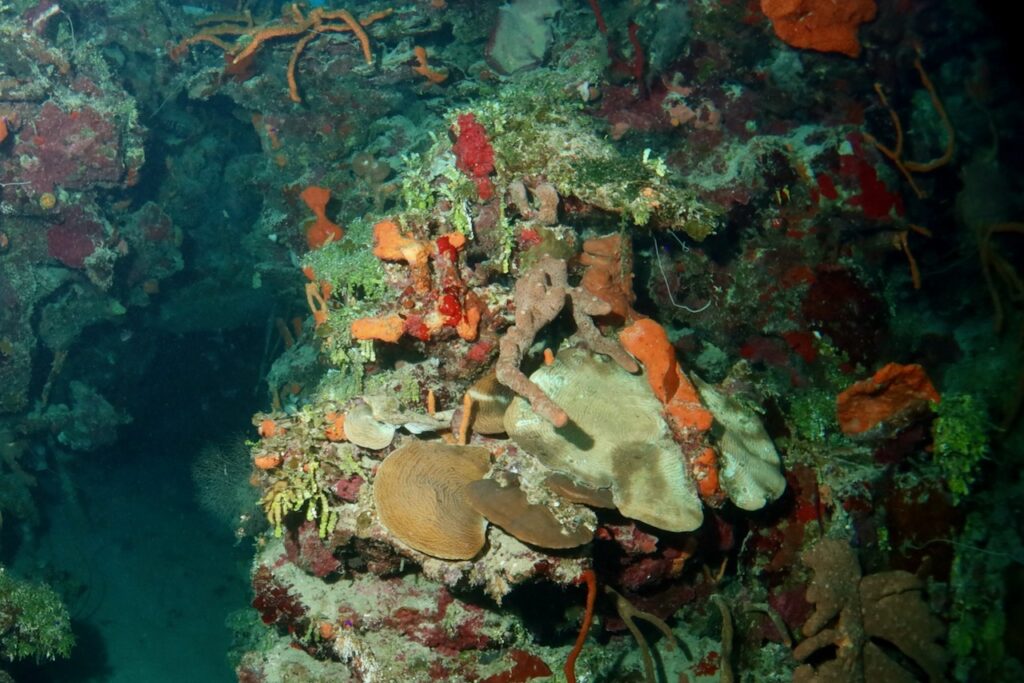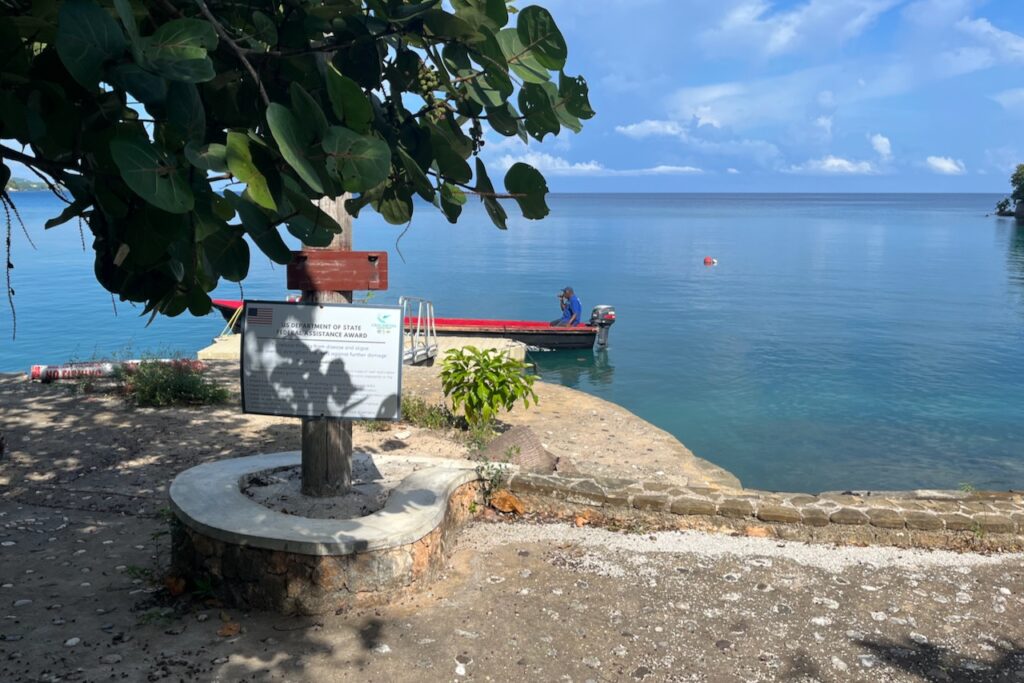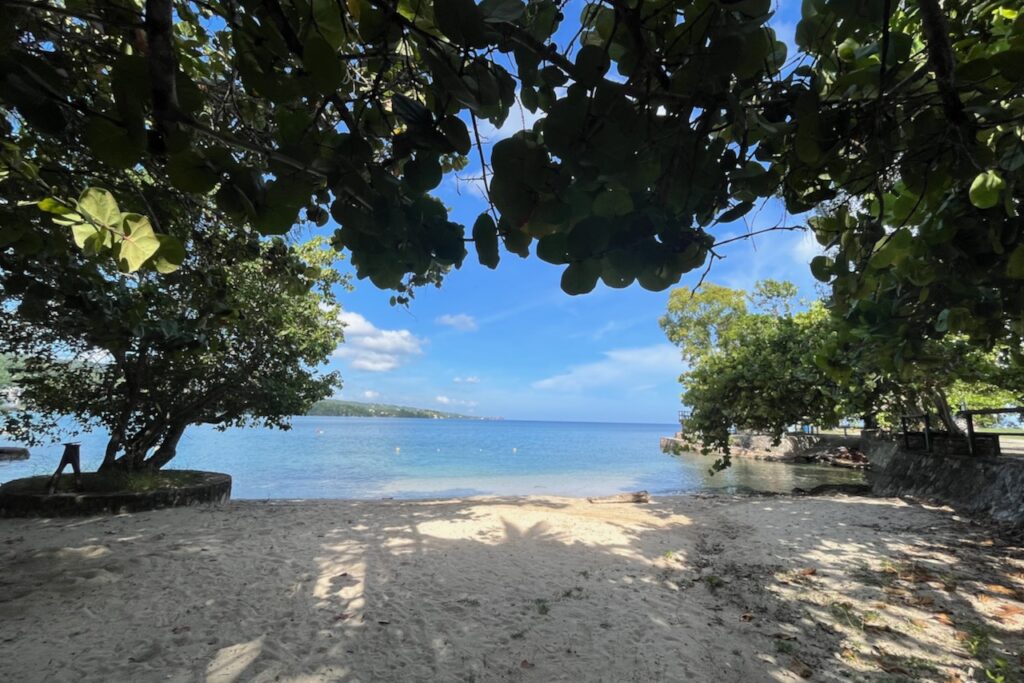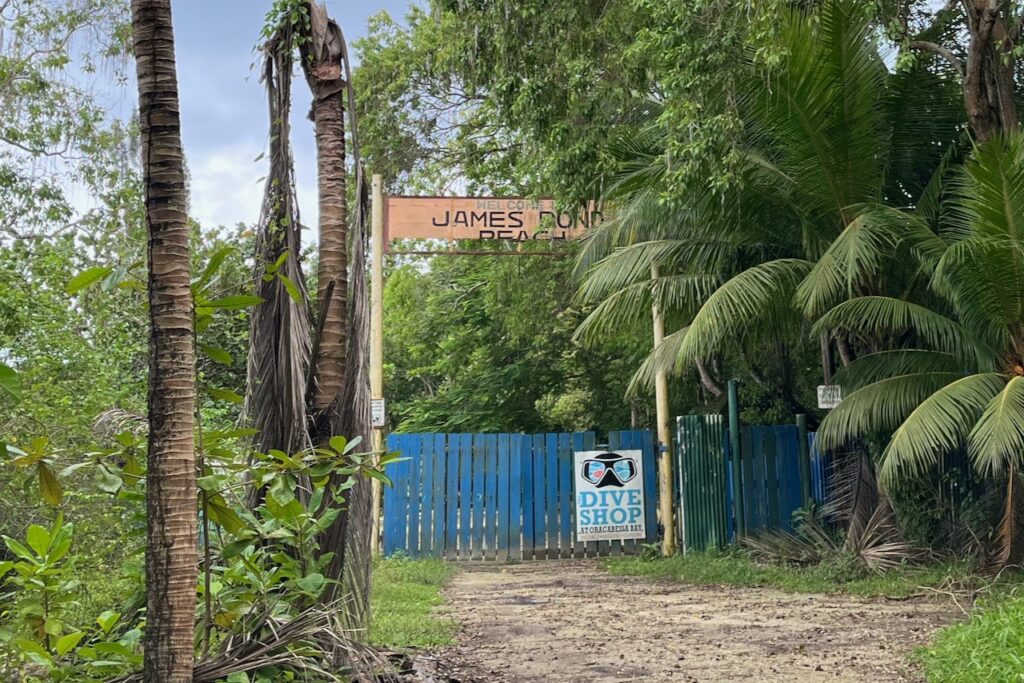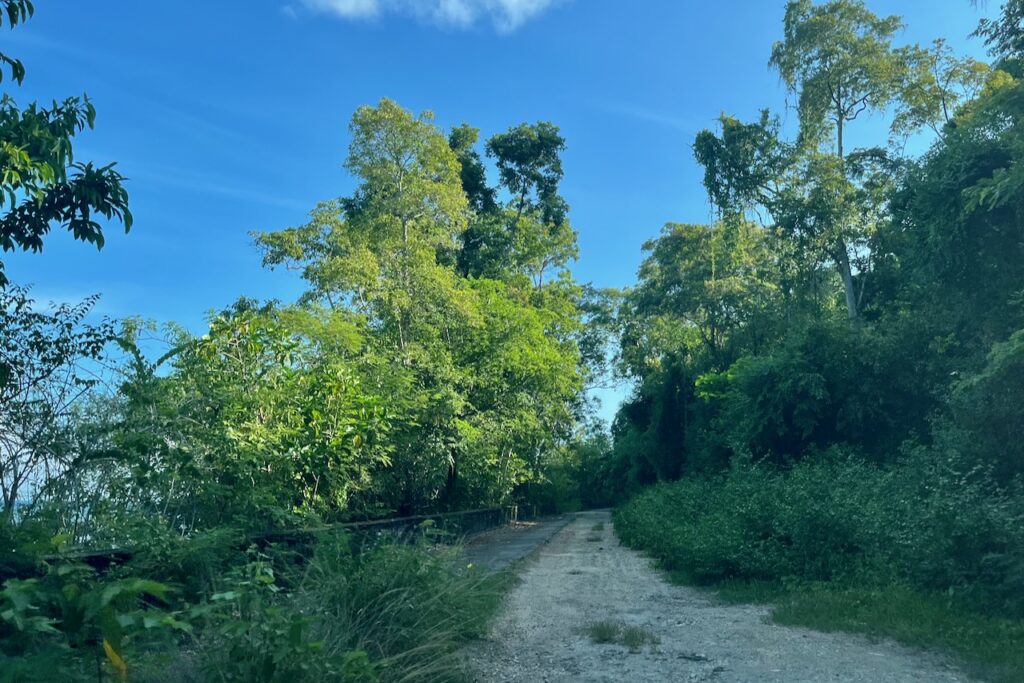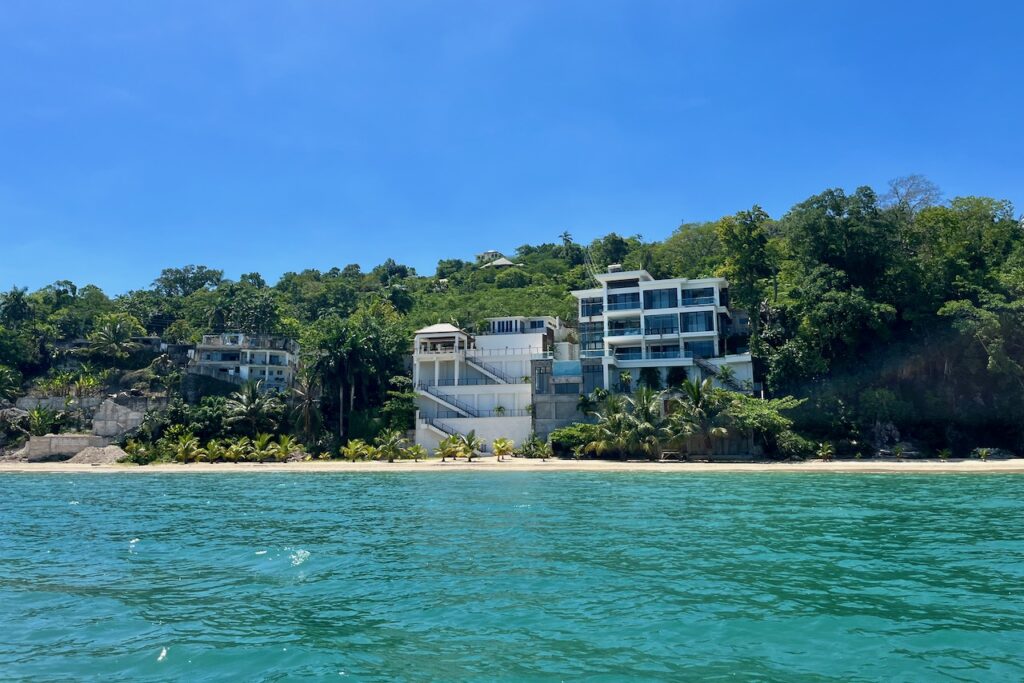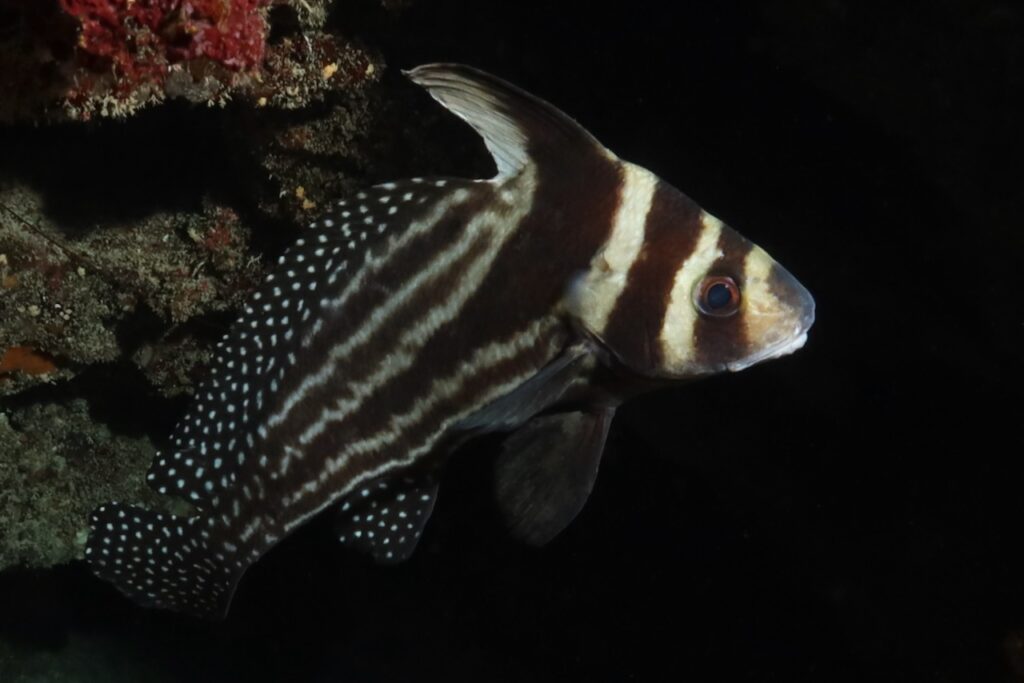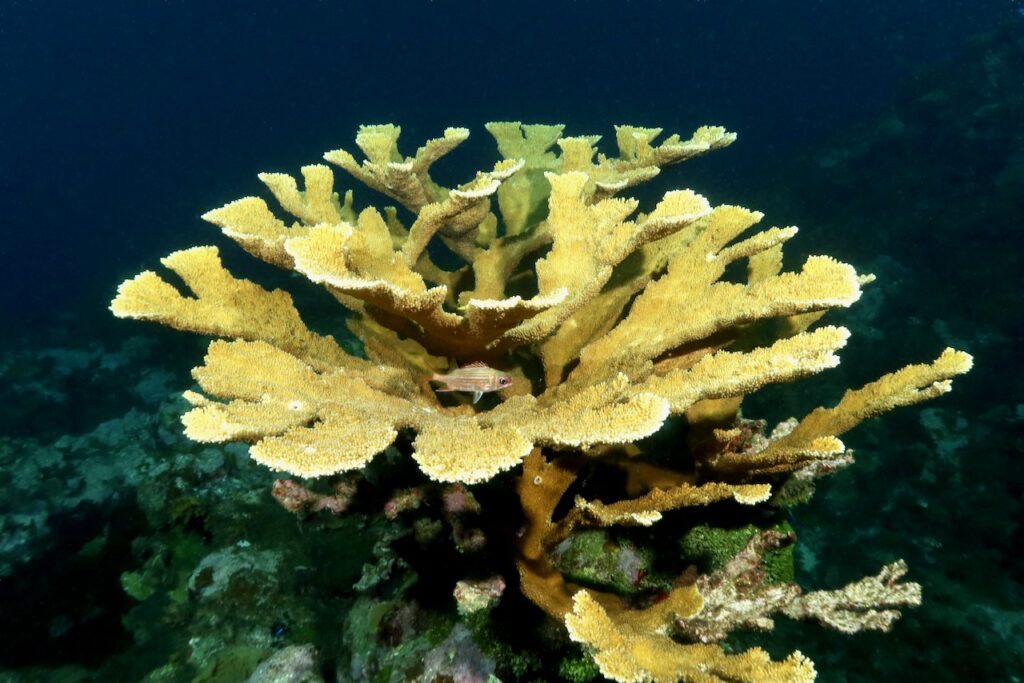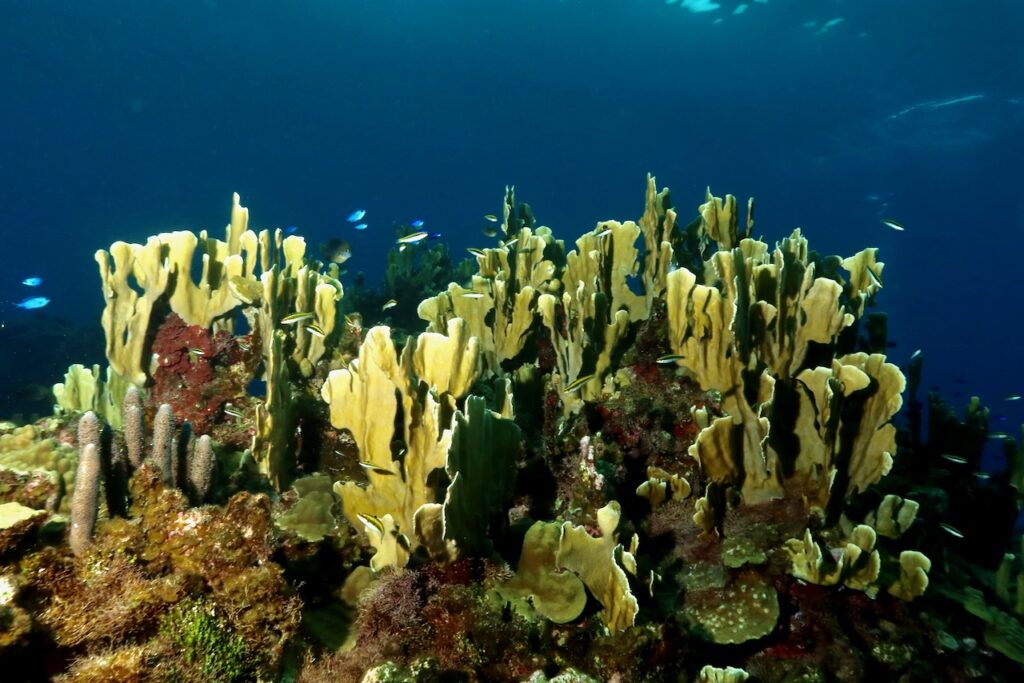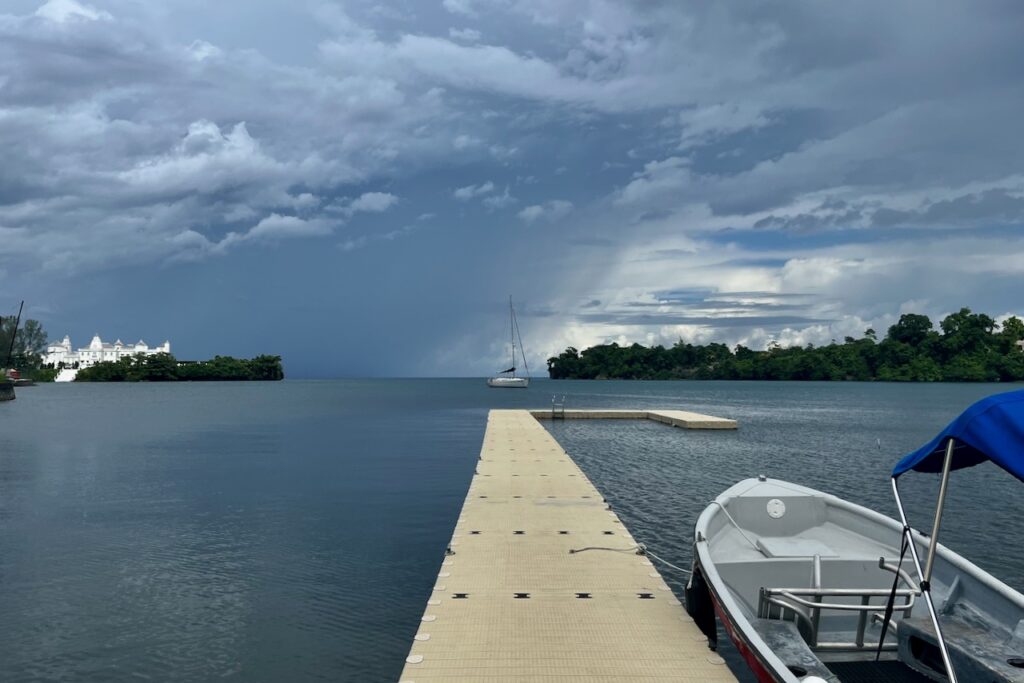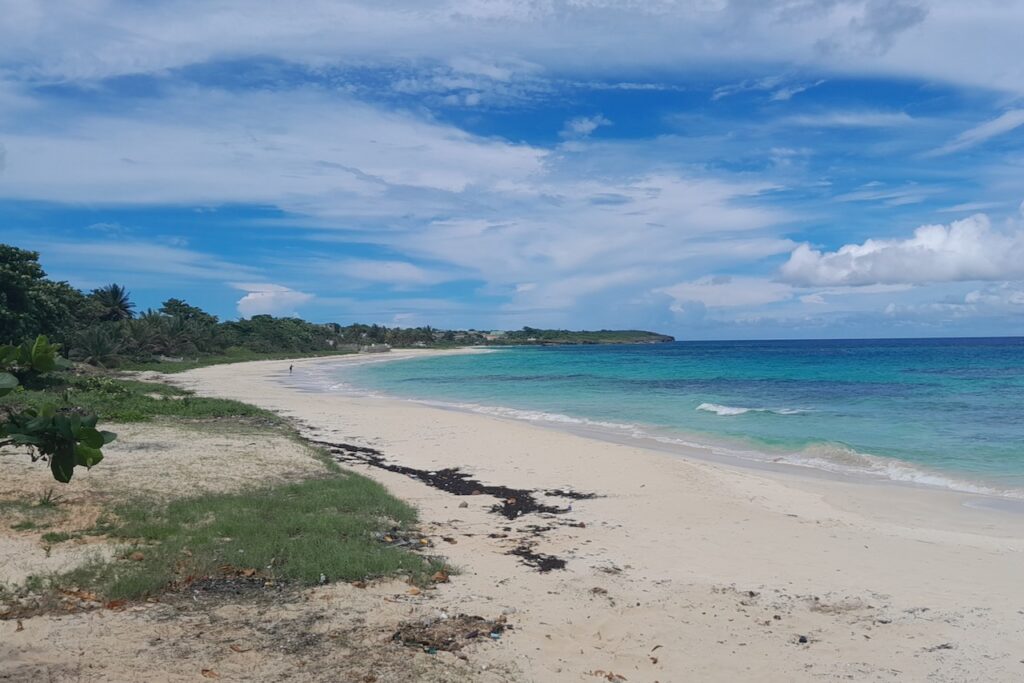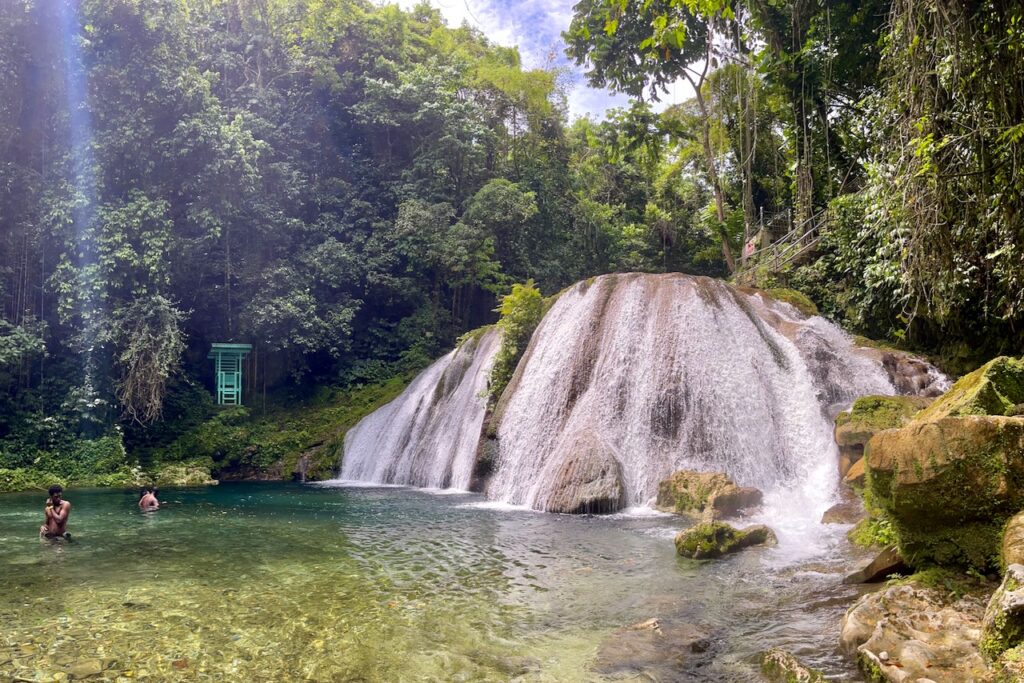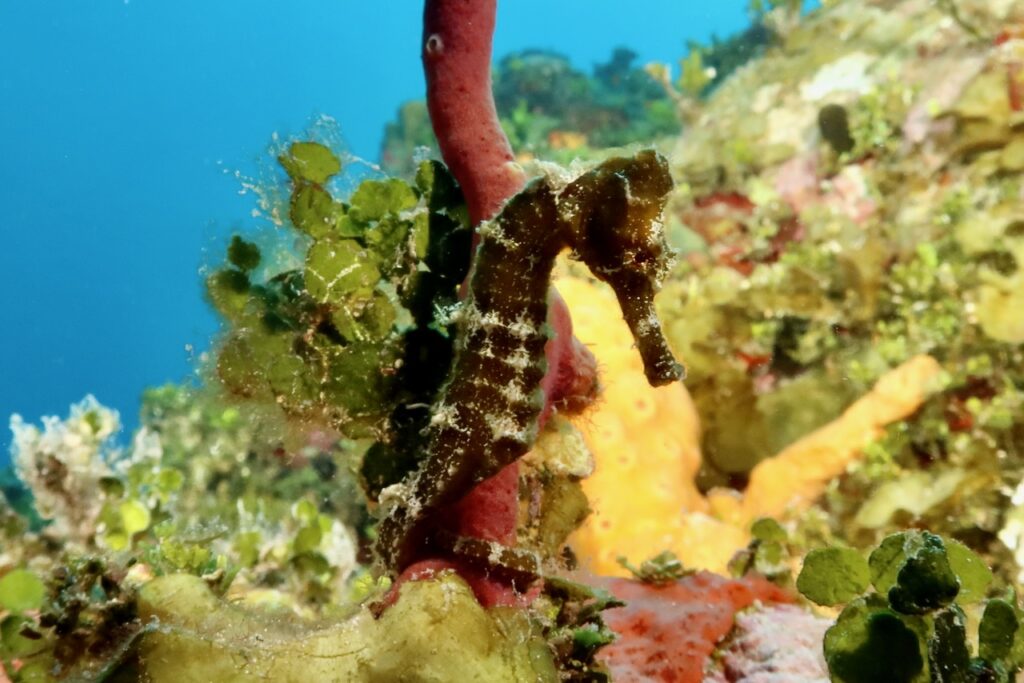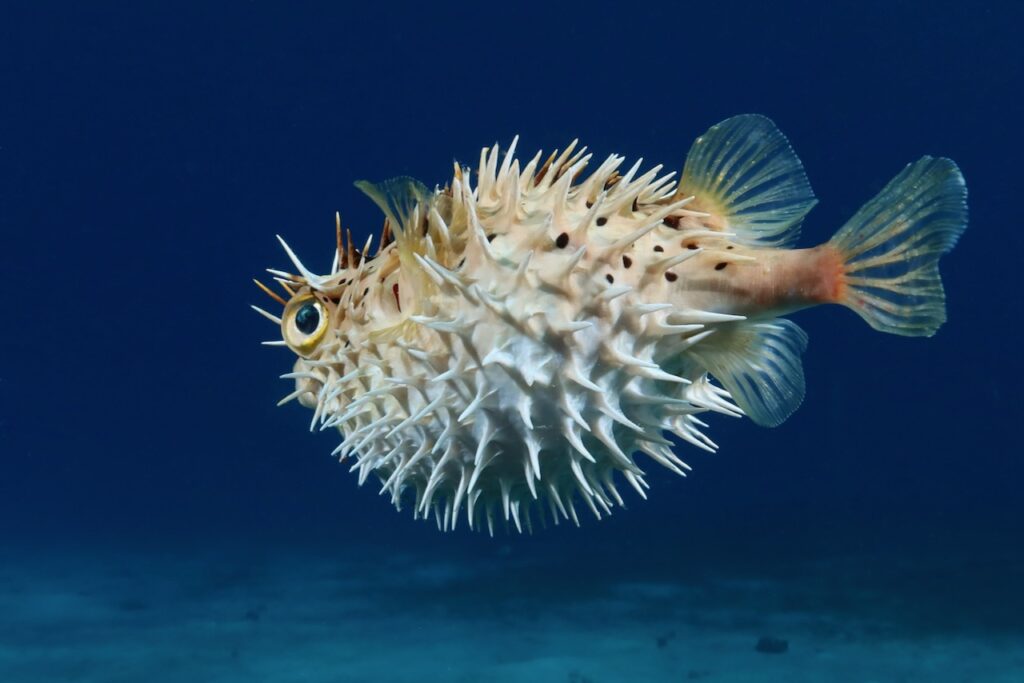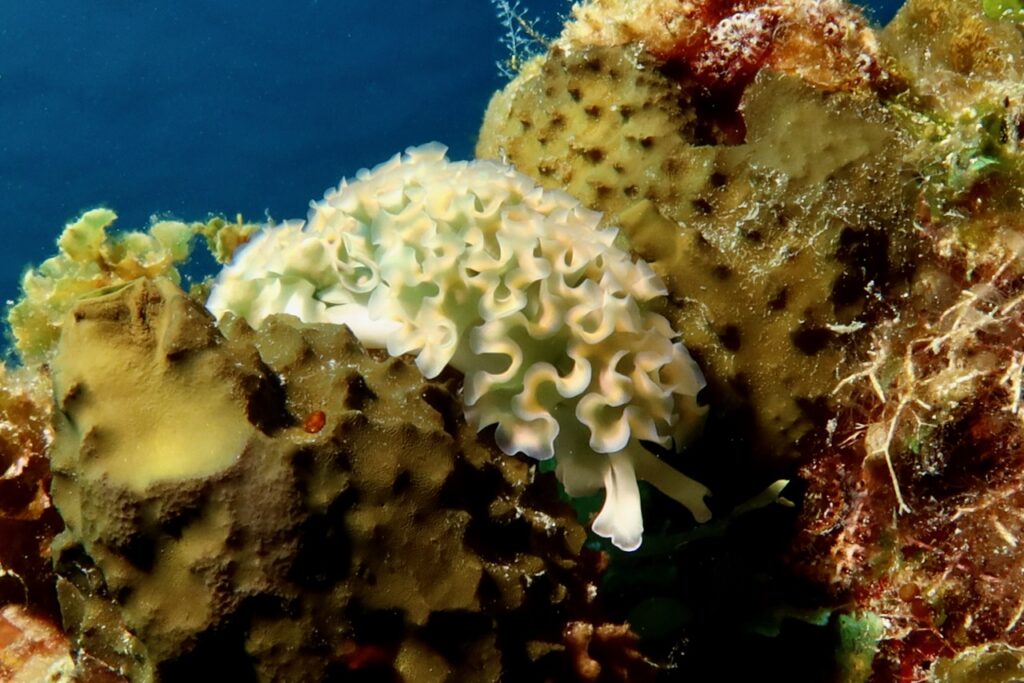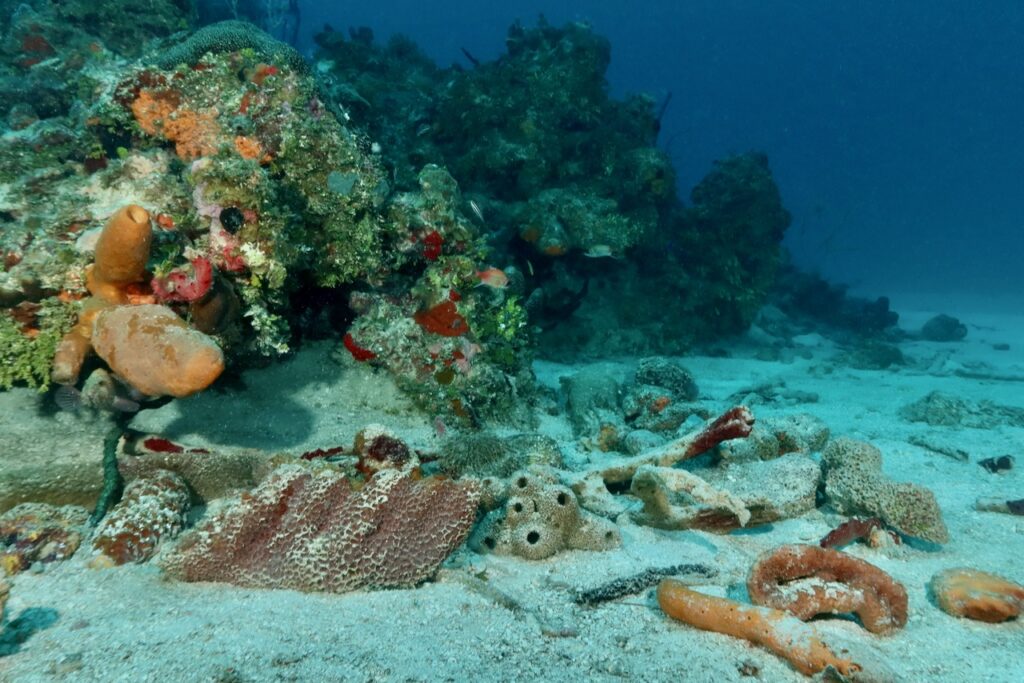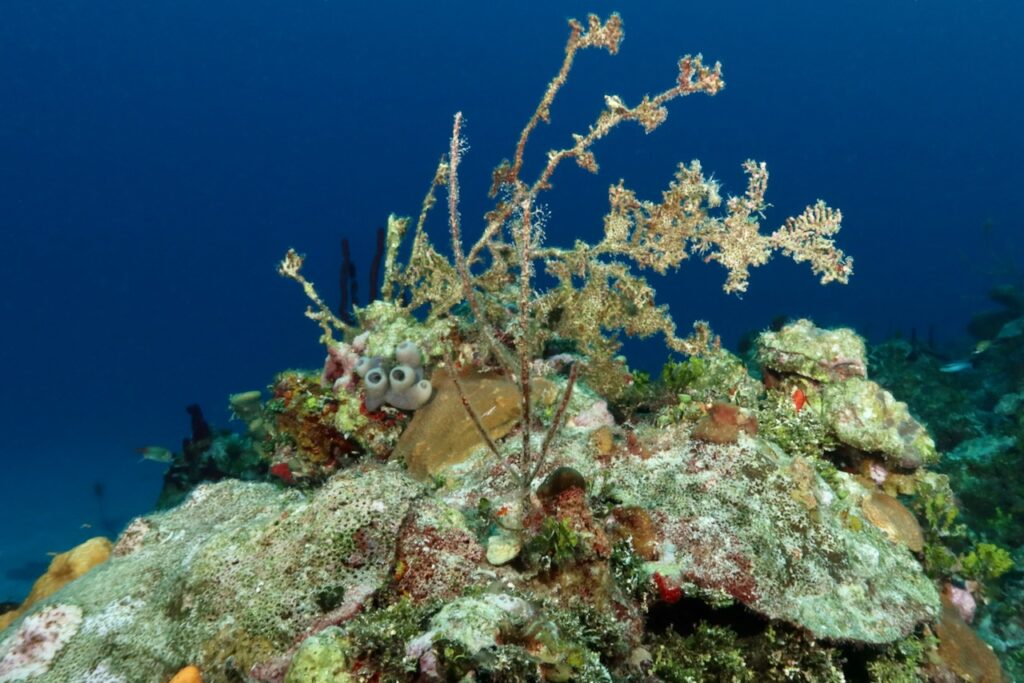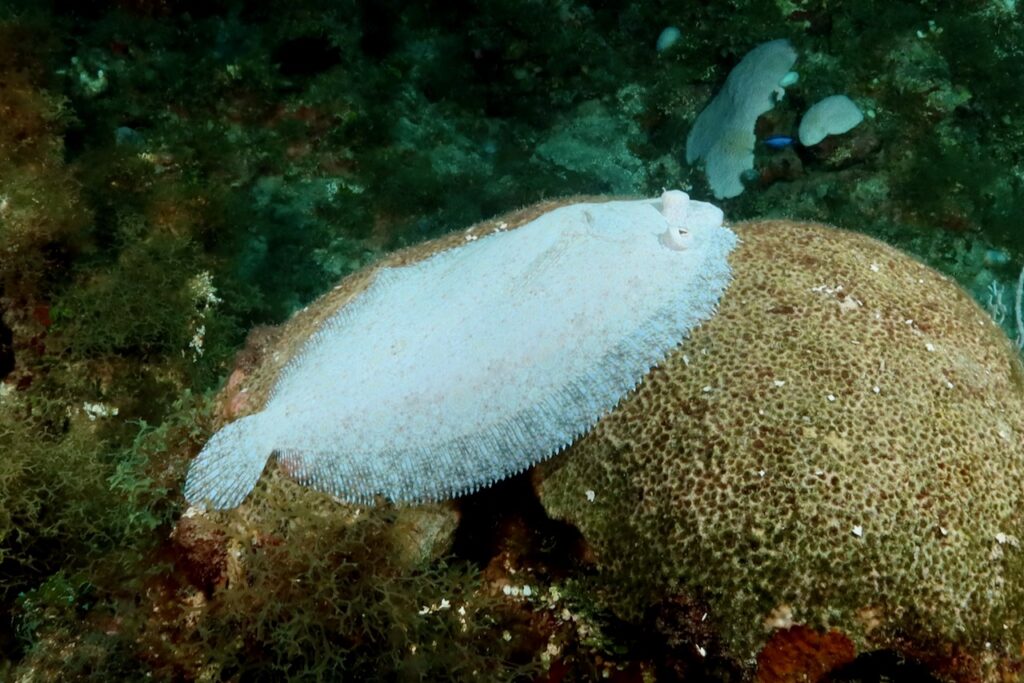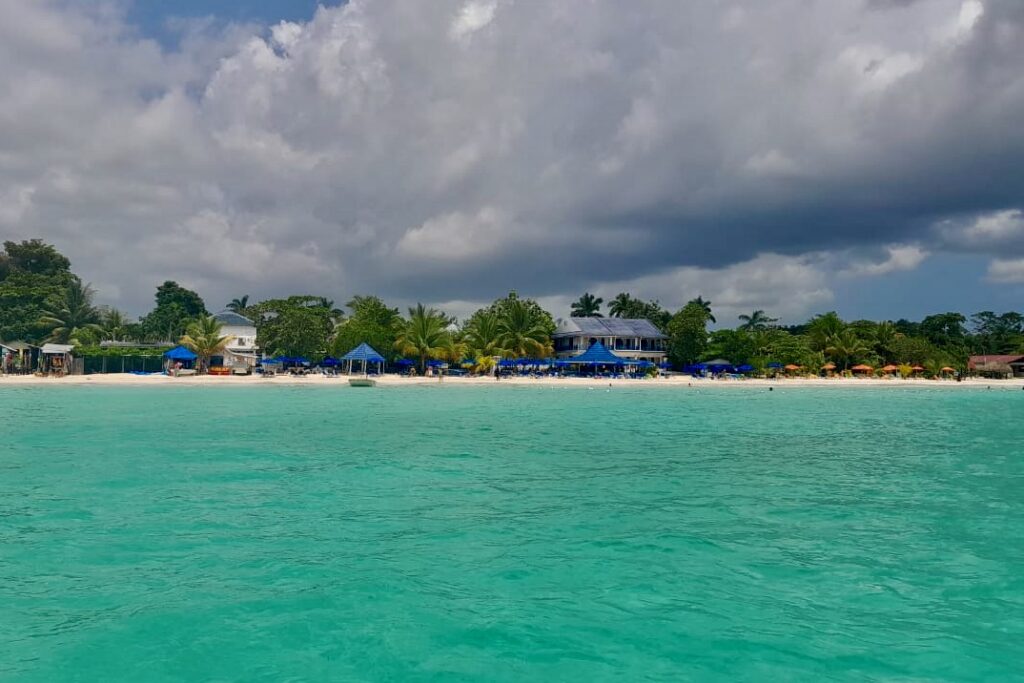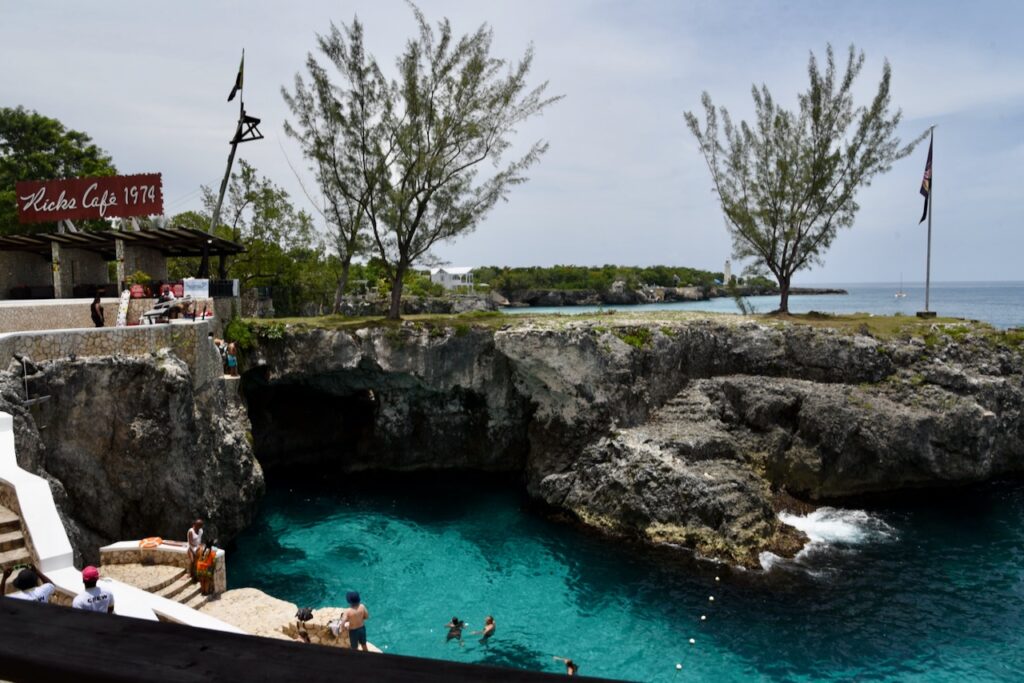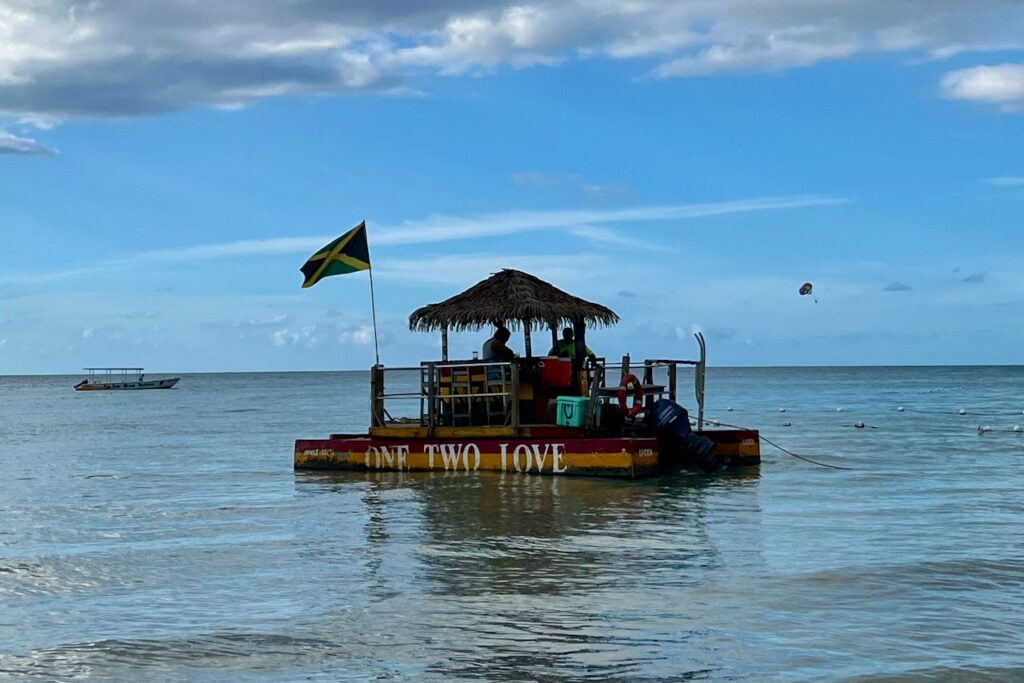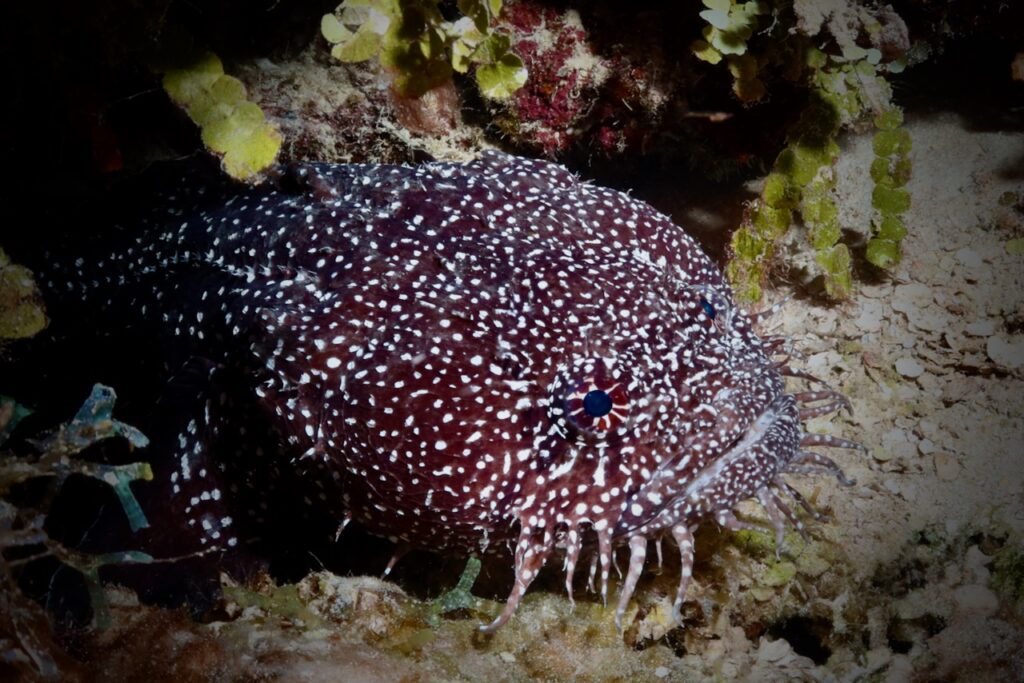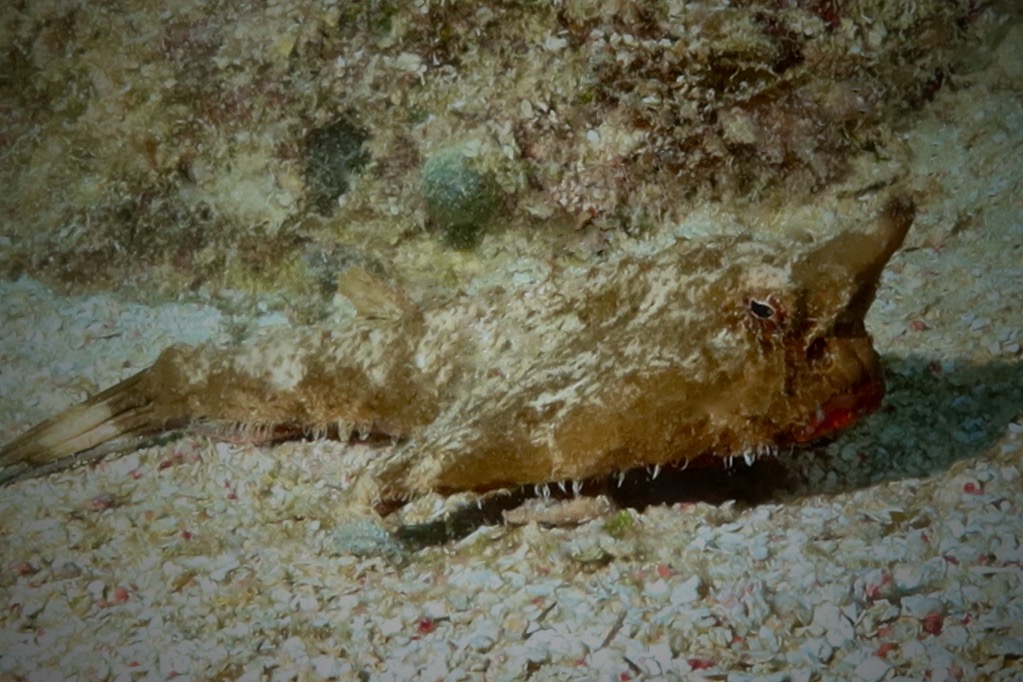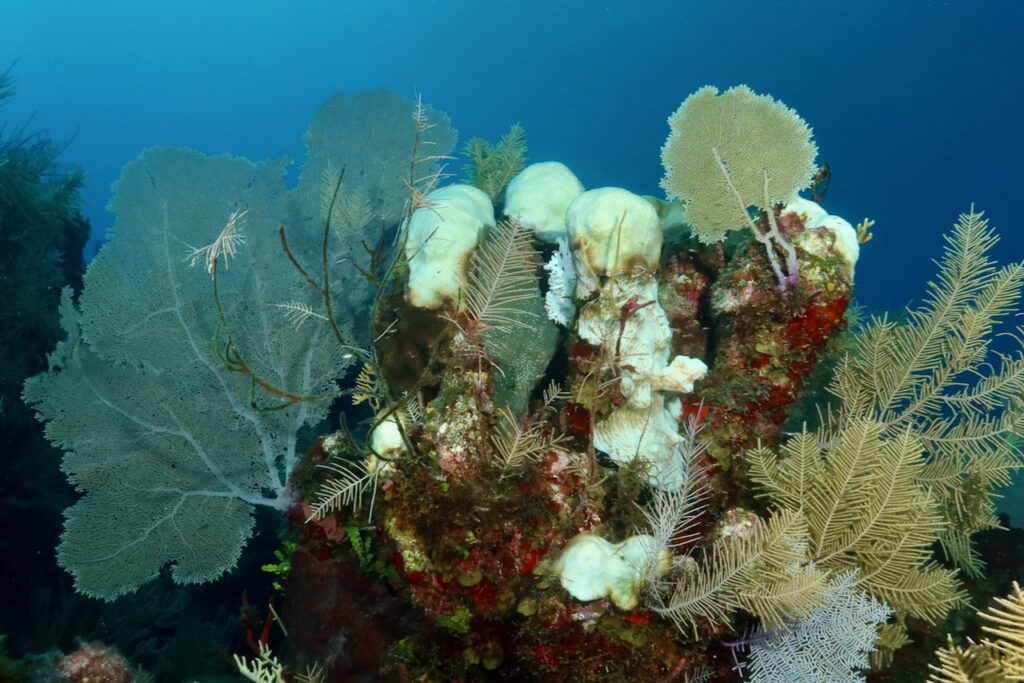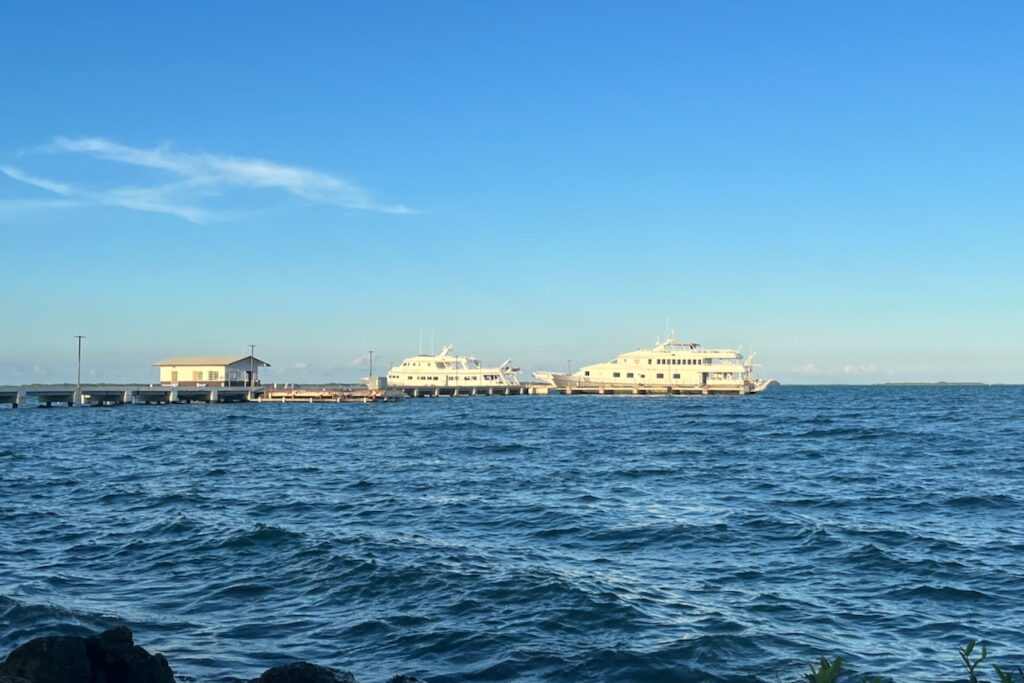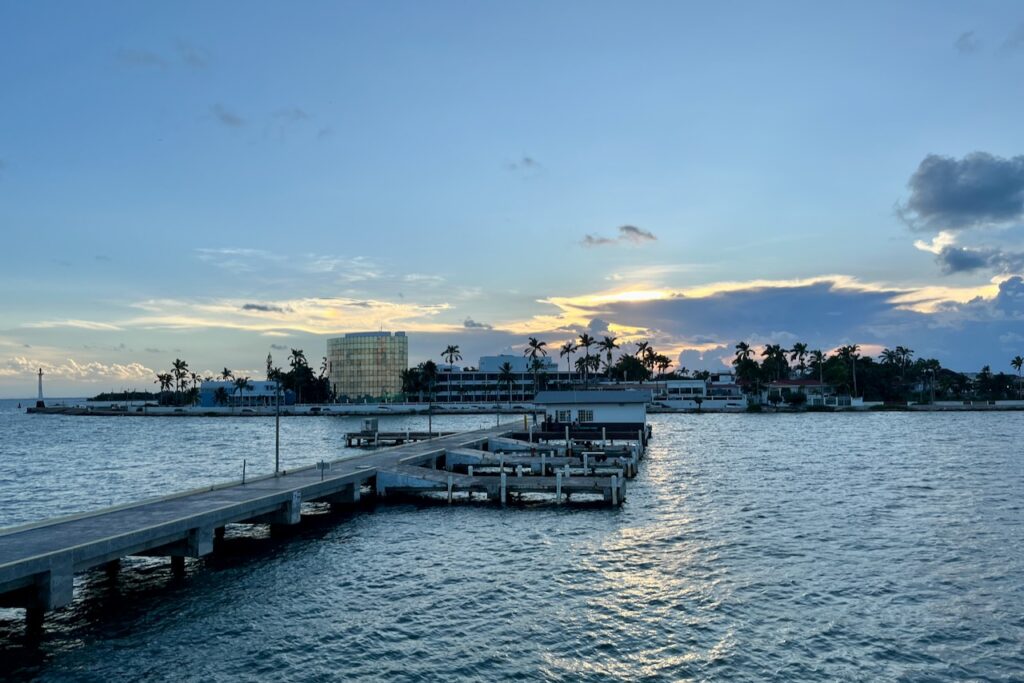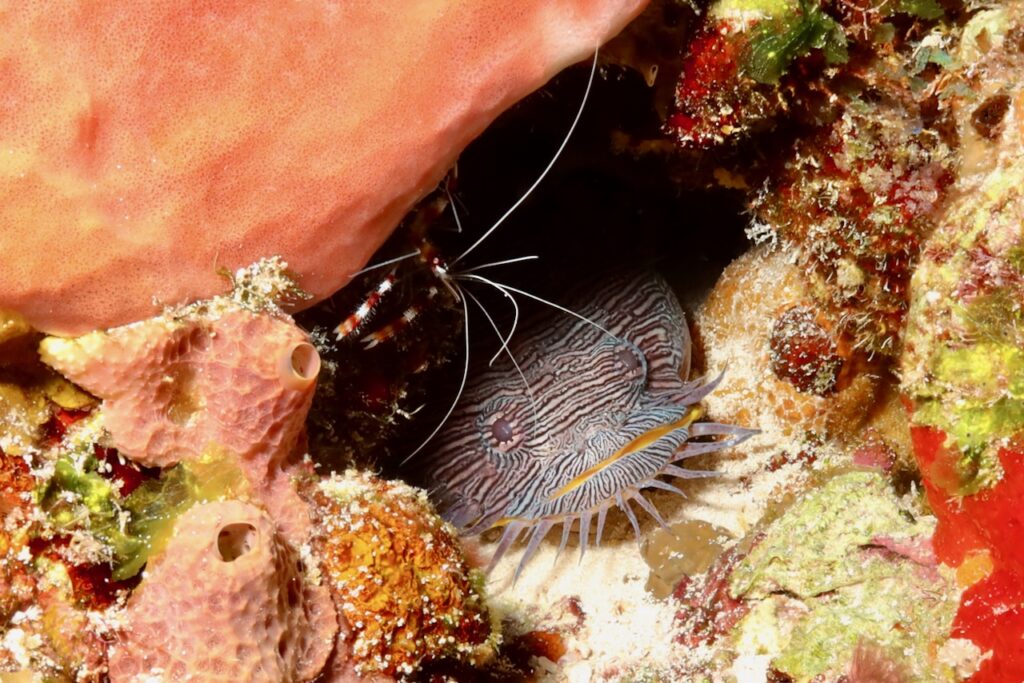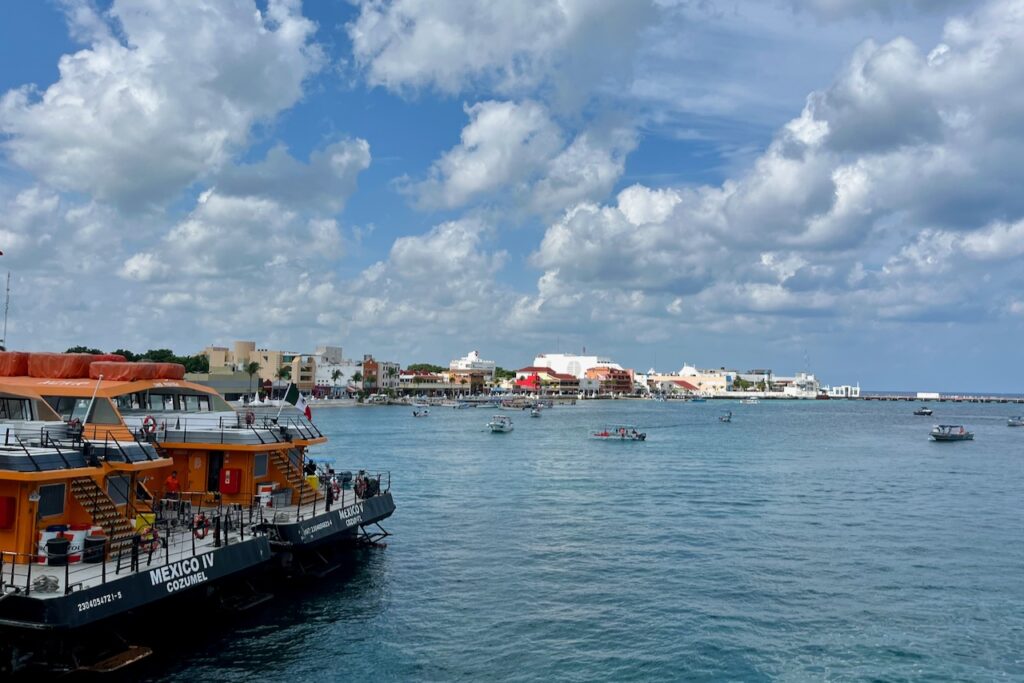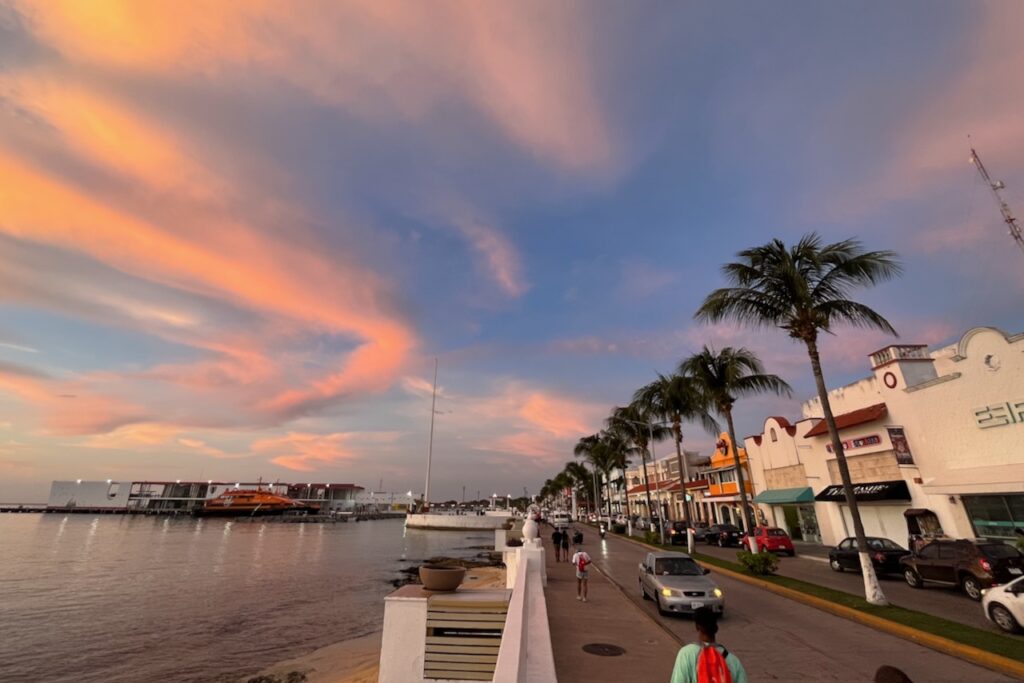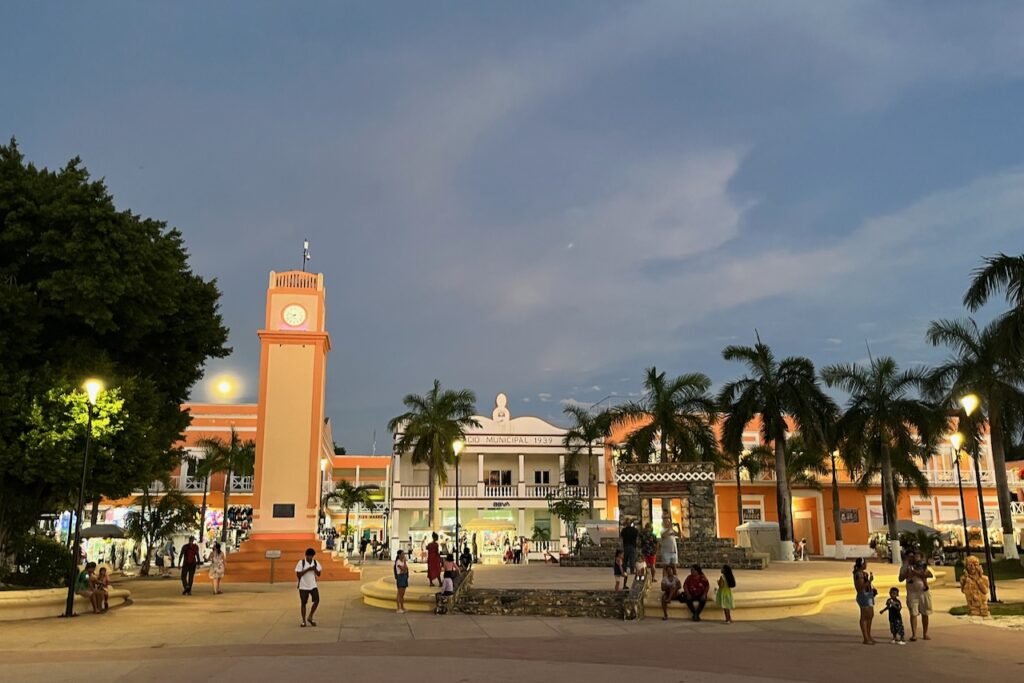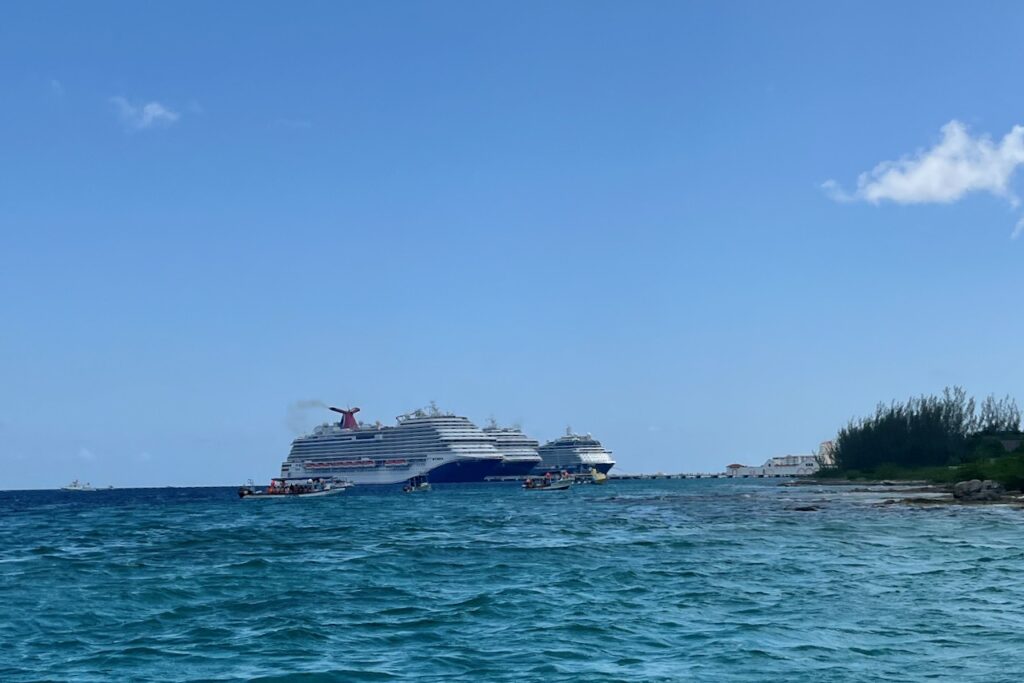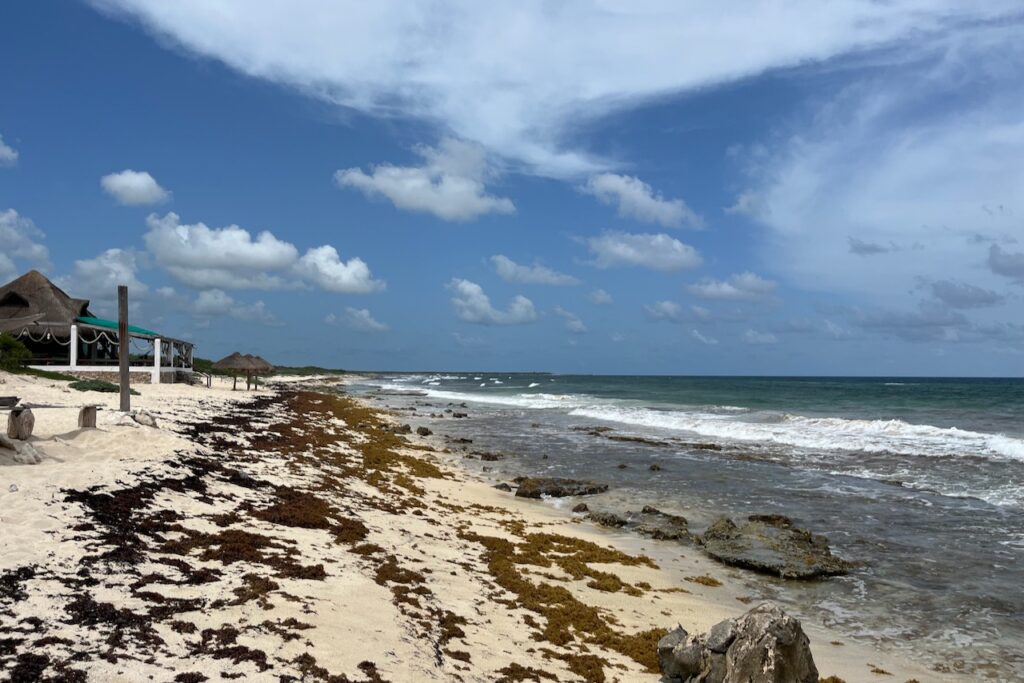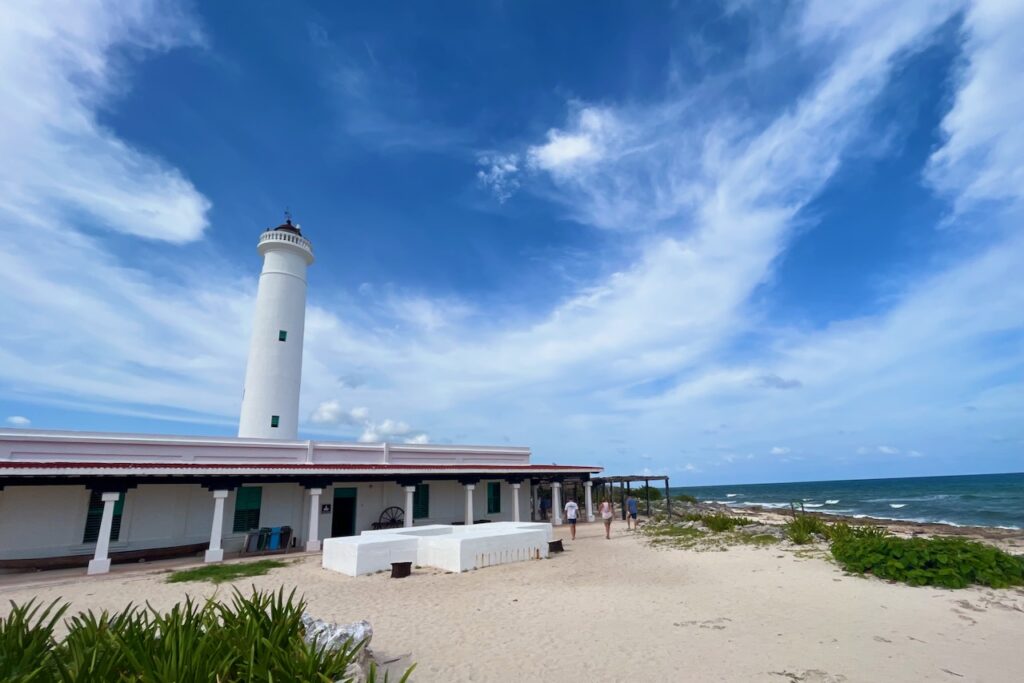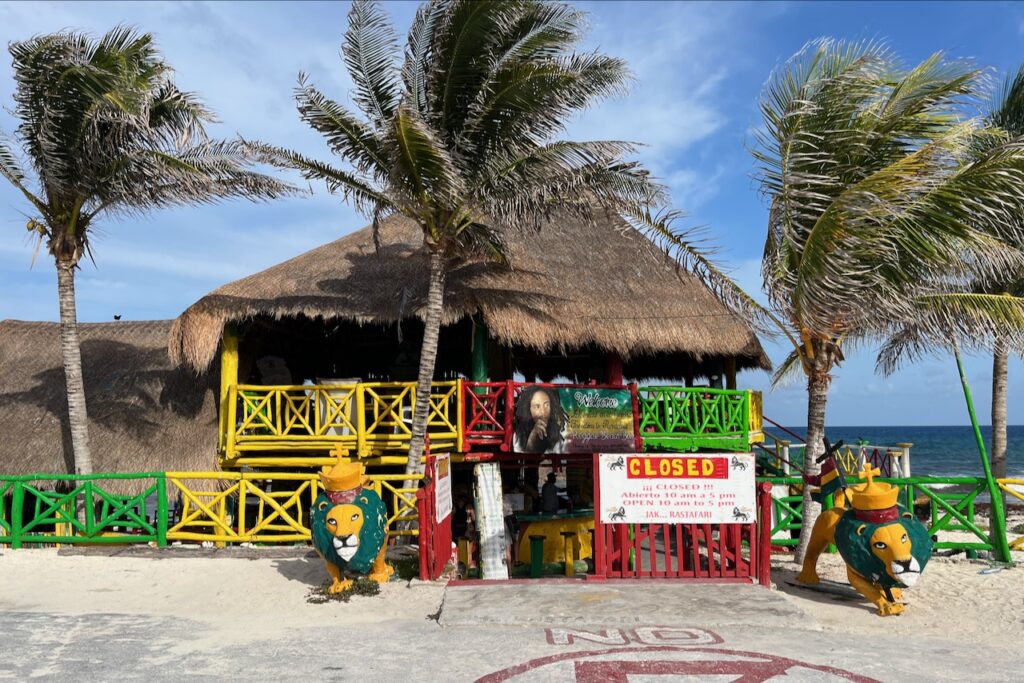Saint Lucia is one of the mountainous volcanic Eastern Caribbean islands most recognizable for its two Pitons peaks – Gros (big) Piton and Petit (small) Piton. There is good diving with colorful reefs, impressive topography and a few ship wrecks. The video has the highlights.
We dove with Eastern Caribbean Diving dive shop located in Windjammer Resort. The dive shop runs a good operation, has excellent boat, good gear, and great guides. They pick you up from your resort either by boat or by car depending on where you are and on the weather.
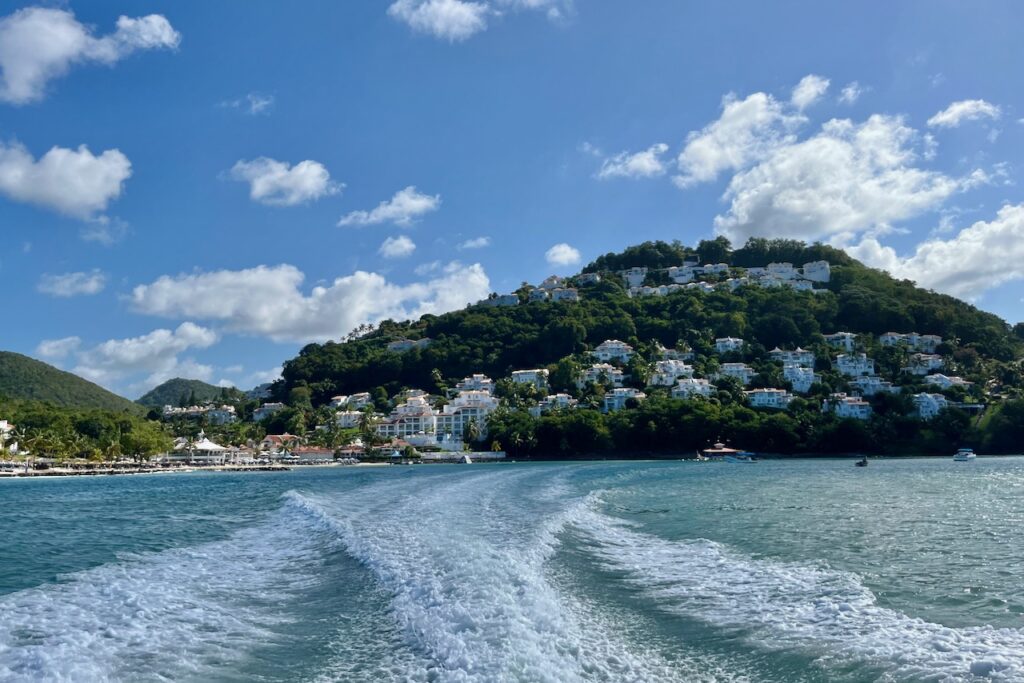
St Lucia is a popular stop on cruise ship route. On a given day one sees 2-3 ships in the port. The joke is: what is the tallest building in St. Lucia? – It’s a cruise ship. Which is pretty much true.

Castries is the main city and most offices and government buildings are located there. It also has the main cruise ship port. Further south is Soufriere, the old capital from the time when French had the island. Josephine, the first wife of Napoleon Bonaparte was from here. Soufriere is a rather run down small town but has a beach with views of the two Pitons. This harbor is popular with the smaller ships – we saw the sailing ones in this bay. Rumor has it that there is a plan to build a new pier for bigger ships to be able to come in.
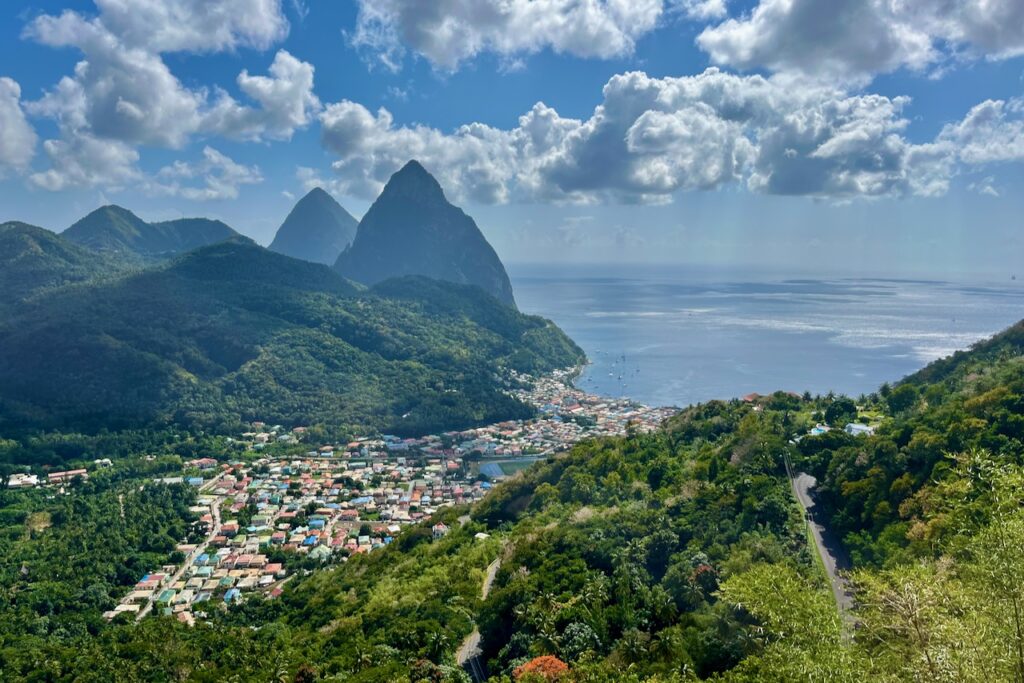
It is possible to hike the Pitons. We did not do it but reportedly the hike is strenuous but views are amazing. Maybe next time.
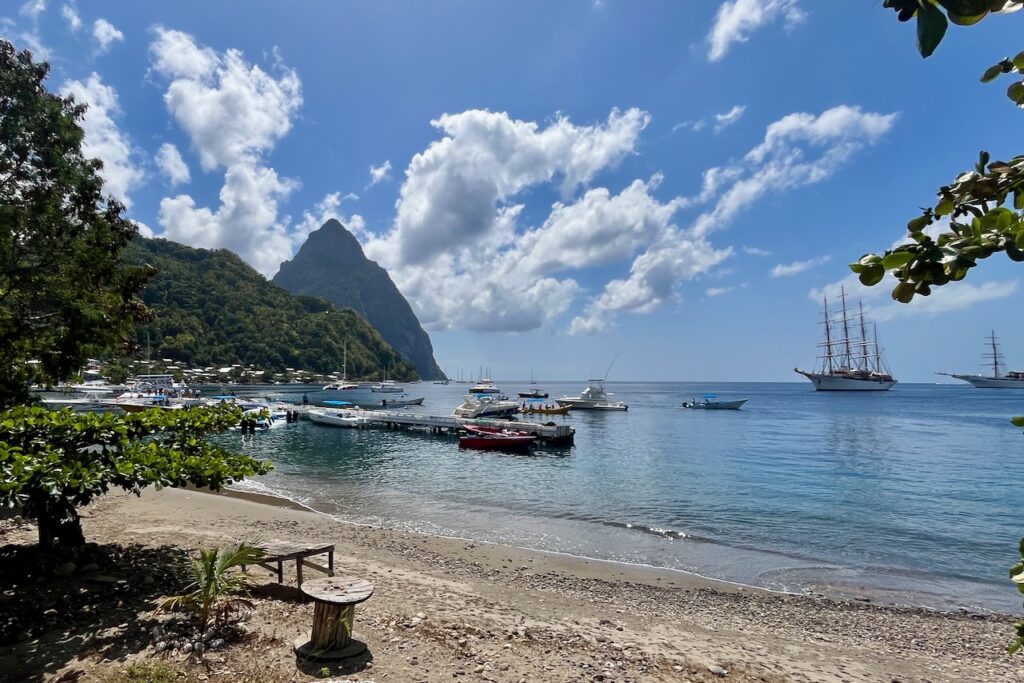
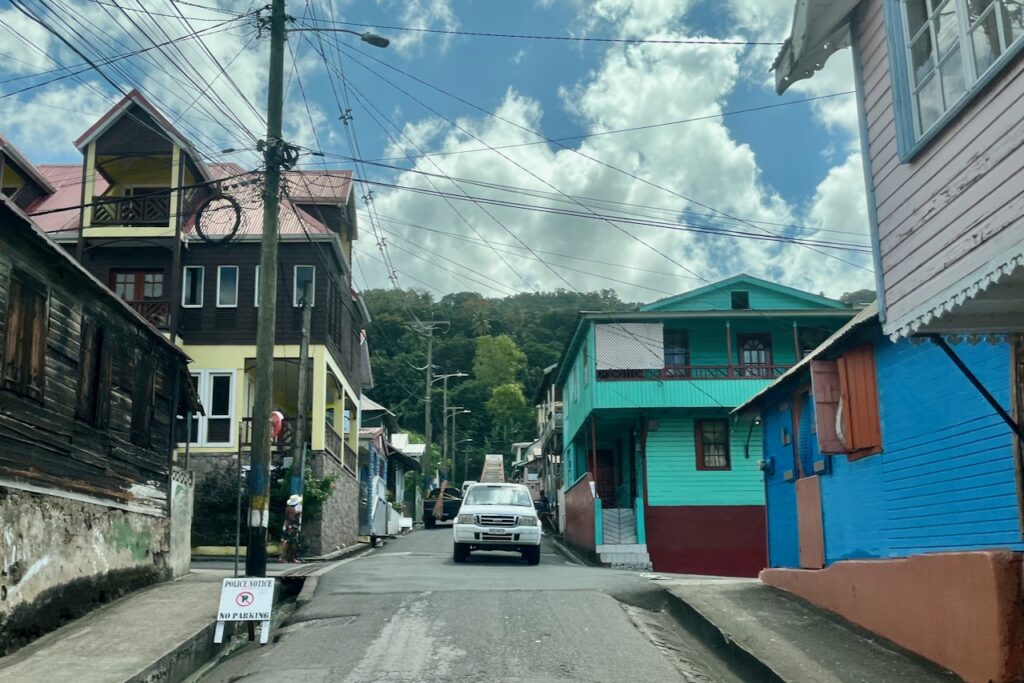
North of the capital Castries, almost on the northern tip of the island, is Gros Islet and Rodney Bay. Rodney Bay has a long beach with several big resorts. The main marina is also located here. Pigeon island at the edge of Rodney Bay has a small fort, called Fort Rodney. The views from the fort are beautiful and definitely worth the short walk.
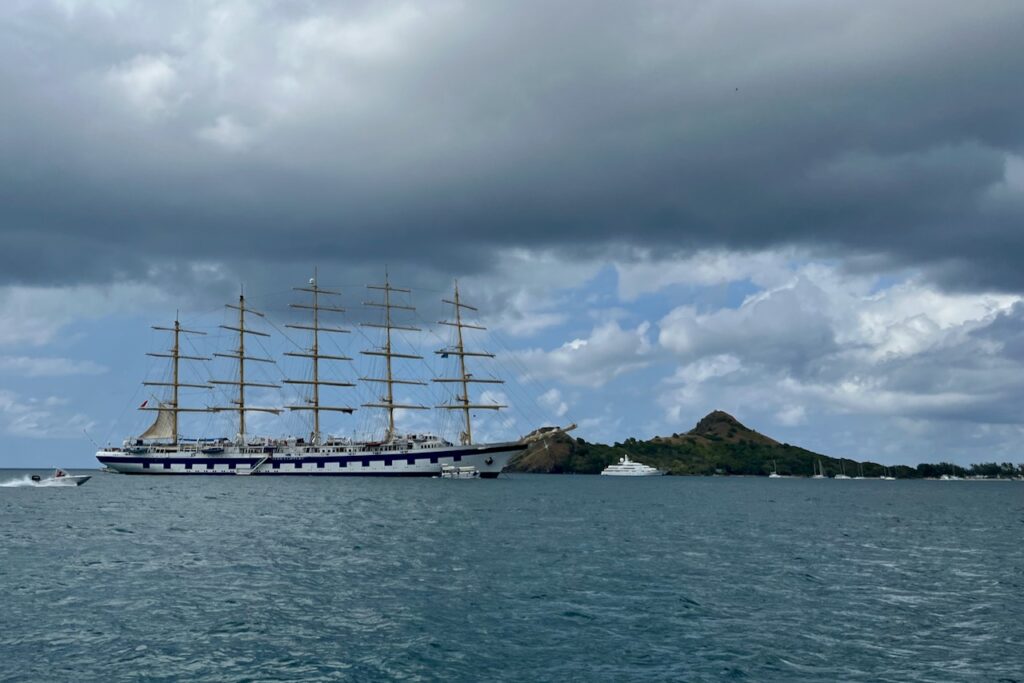
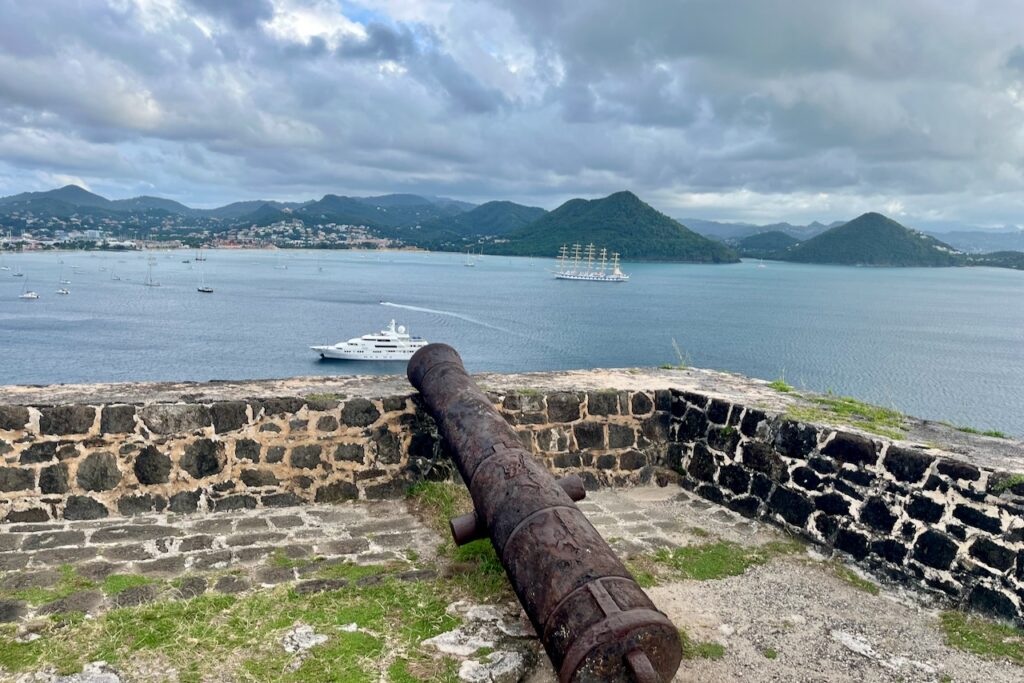
Gros Islet has a Friday night street party. We saw quite a few tourists, but it is definitely an authentic local experience and plenty of locals enjoying their barbeque, drinking and dancing in the street. It starts late and goes into the early morning, Caribbean style.
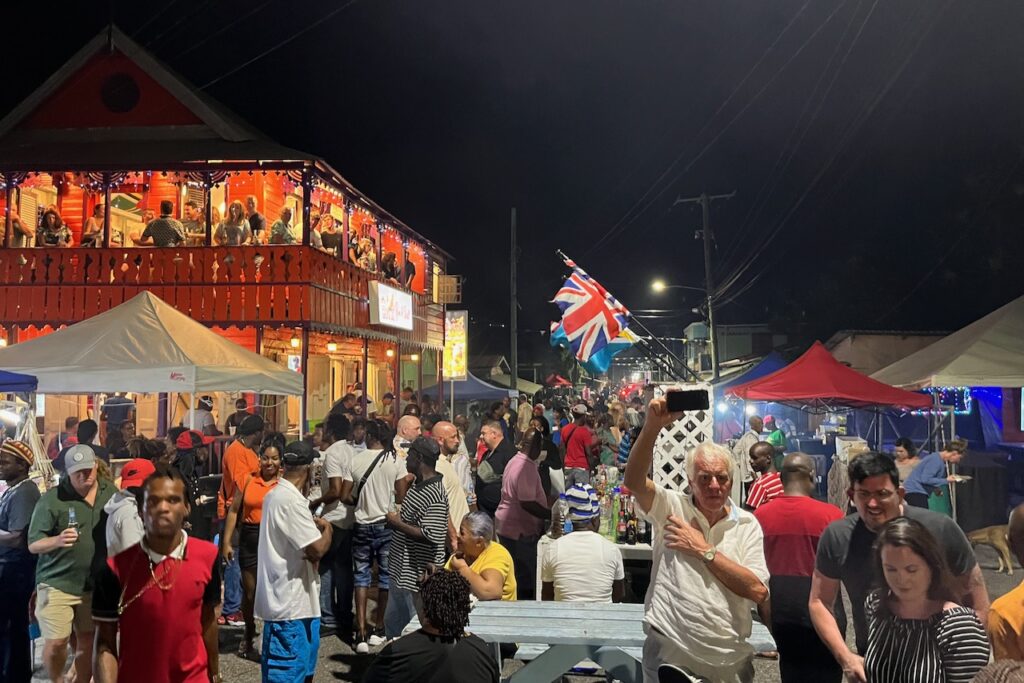
St. Lucia is popular with yachters. Rodney Bay marina is the biggest one and has several nice restaurants.


